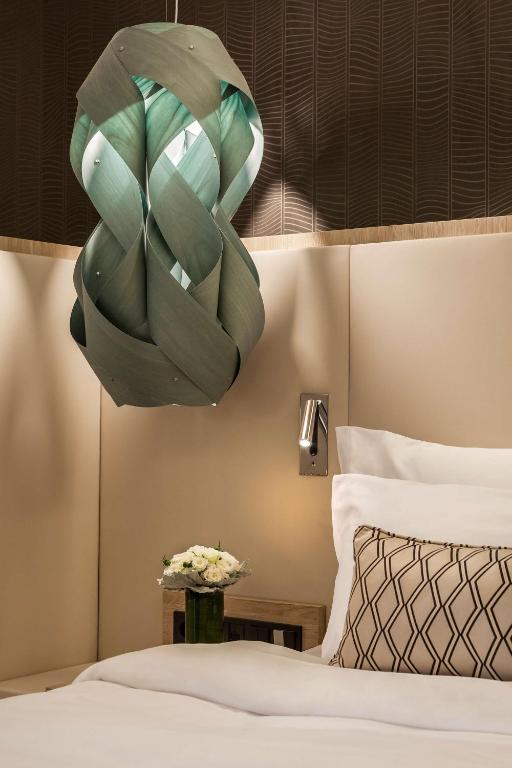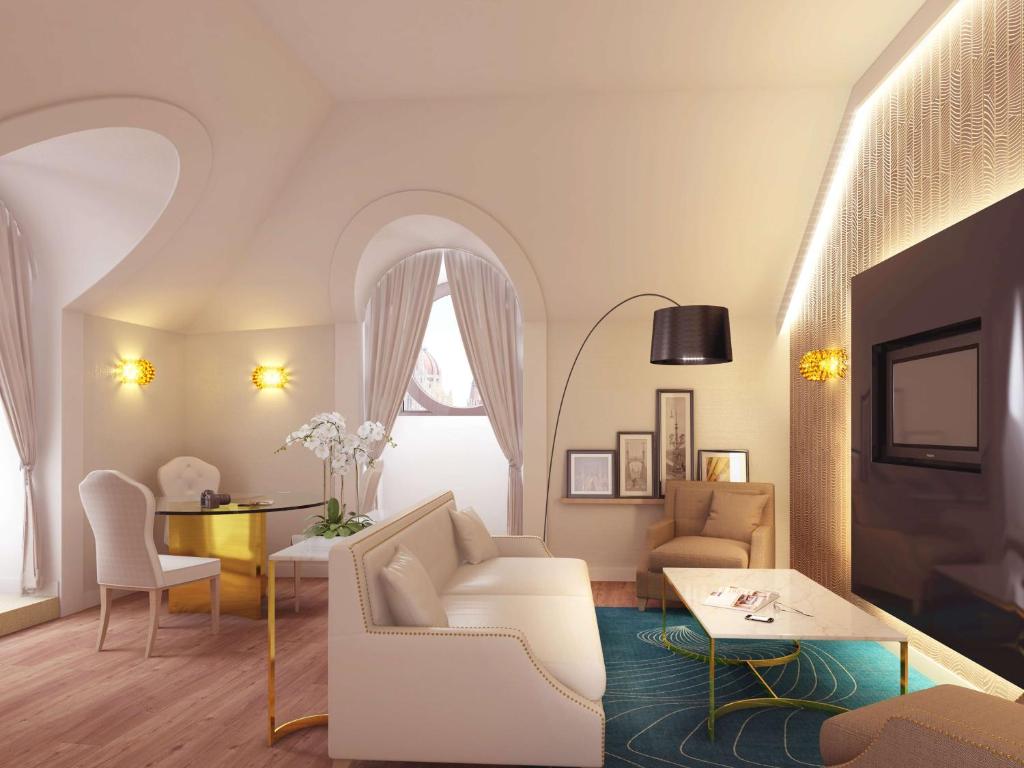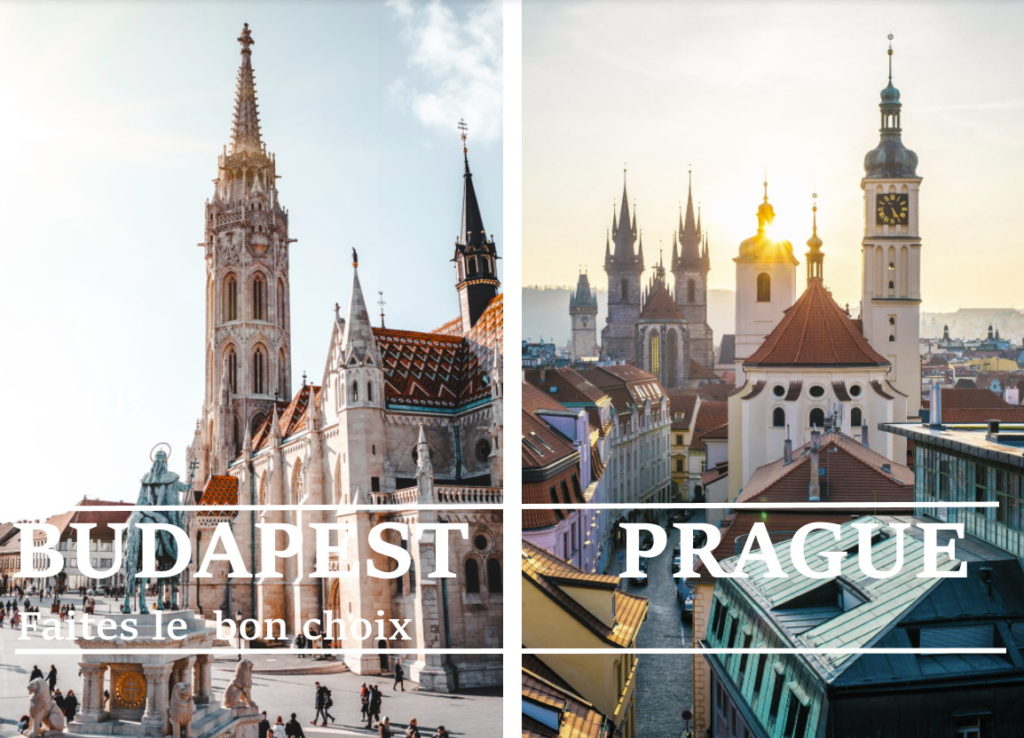
Budapest or Prague? The Hungarian capital or the Czech capital? Are you hesitating between these two superb Central European cities for your next trip? The two sister cities of the former Austro-Hungarian Empire are now two of Europe’s most beautiful and attractive capitals. Budapest and Prague are a great alternative to the over-frequented Barcelona, Venice or Lisbon!
Read on for a detailed 8-point comparison to help you make the right choice. I’ve been living in Prague for 15 years and I often visit Budapest, a capital I adore.
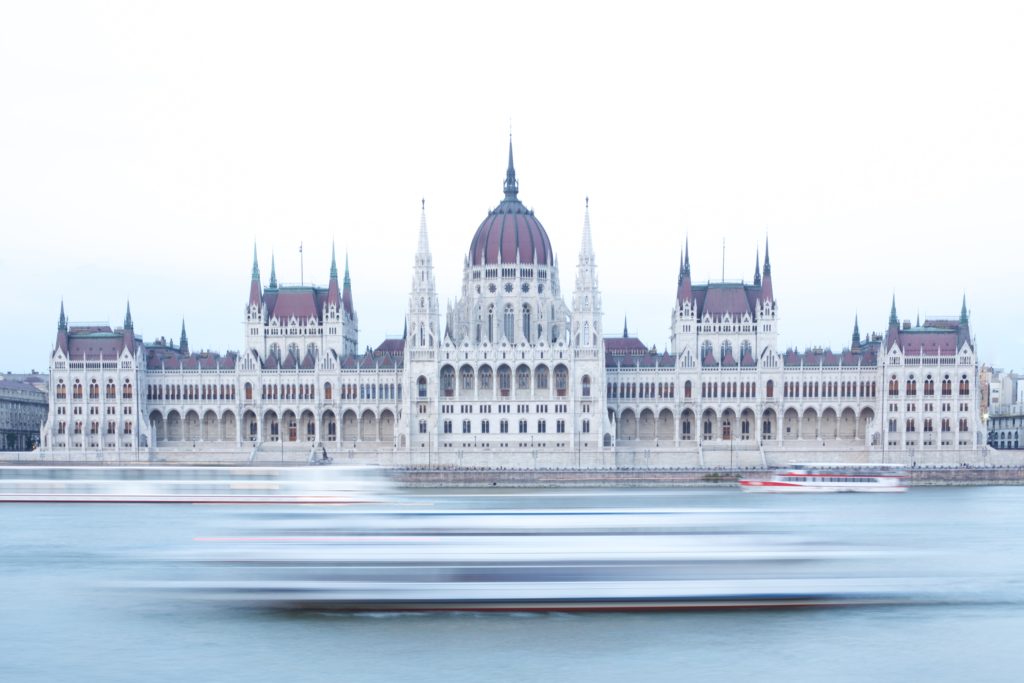
Since 1989 and the fall of communism, Central Europe has had its victory! Budapest and Prague are two amazing, even dazzling cities… They’re also both very affordable and great places to live. So there’s no shortage of good reasons to opt for a long weekend or a multi-day getaway. But deciding where to spend your vacation between these two cities is often a difficult choice.
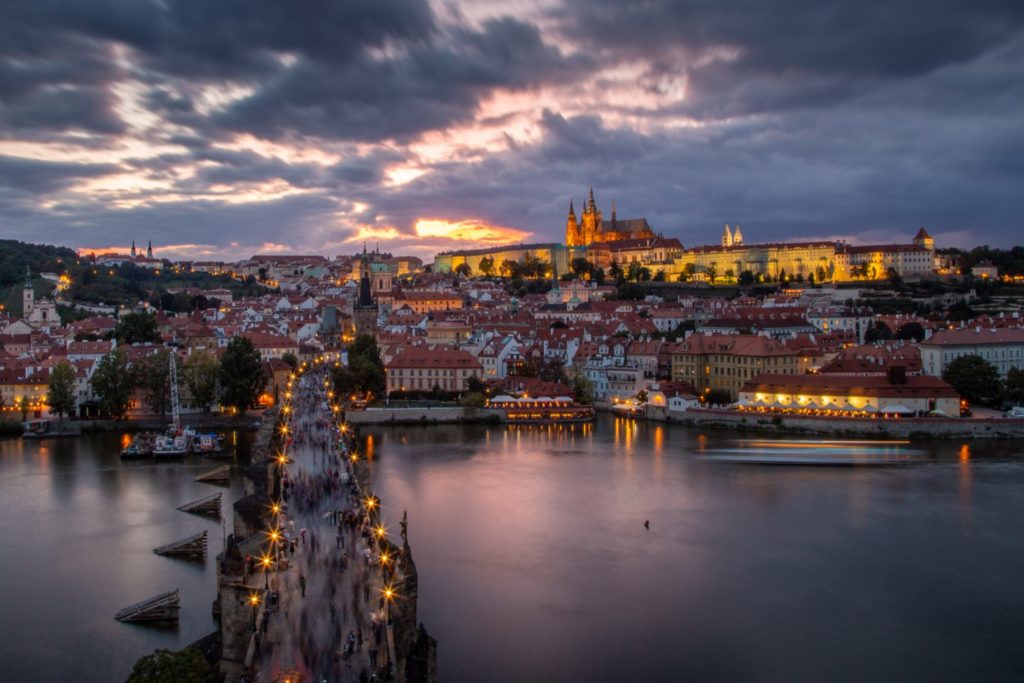
Each city is different (they were very similar 20 years ago) and each has a lot to offer. Whatever you choose, you won’t regret it, and once you’ve visited one, you’ll want to visit the other!
On my last trip to Budapest in May 2025, I appreciated the authenticity of the Hungarian capital, whereas Prague is much richer. On the other hand, I found restaurants and sightseeing much cheaper in Prague!
In this article, I’ll help you choose. At the end of the article, I’ll also give you 5 great hotel deals for each capital.
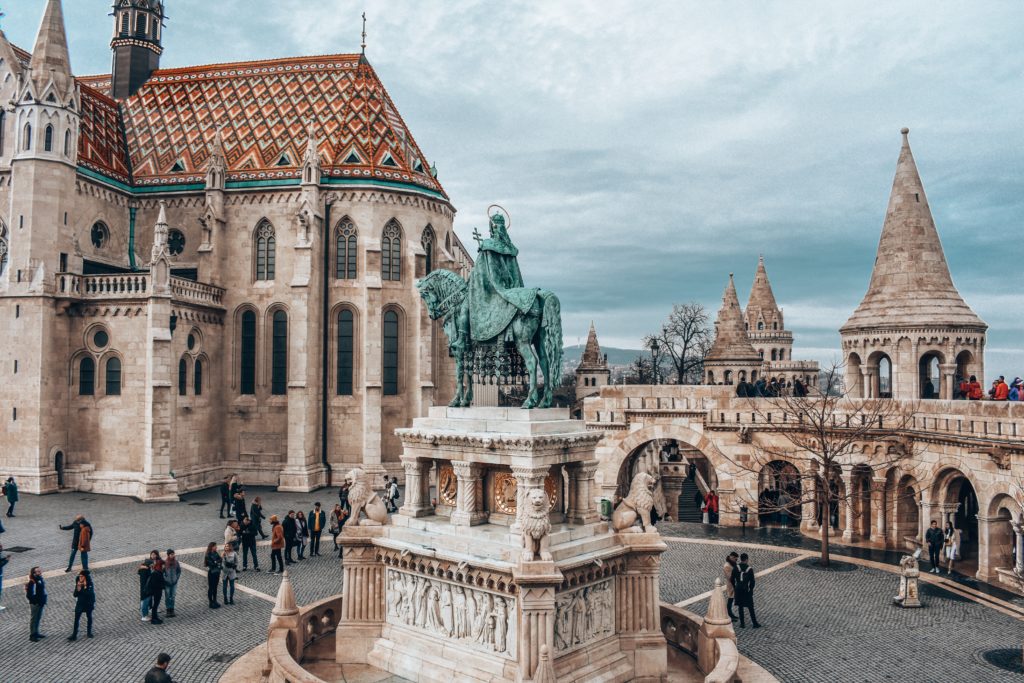
I’ve been living in Prague for 15 years, so I know the Czech capital very well. As for Budapest, I go there very frequently because the Hungarian capital has become very different!
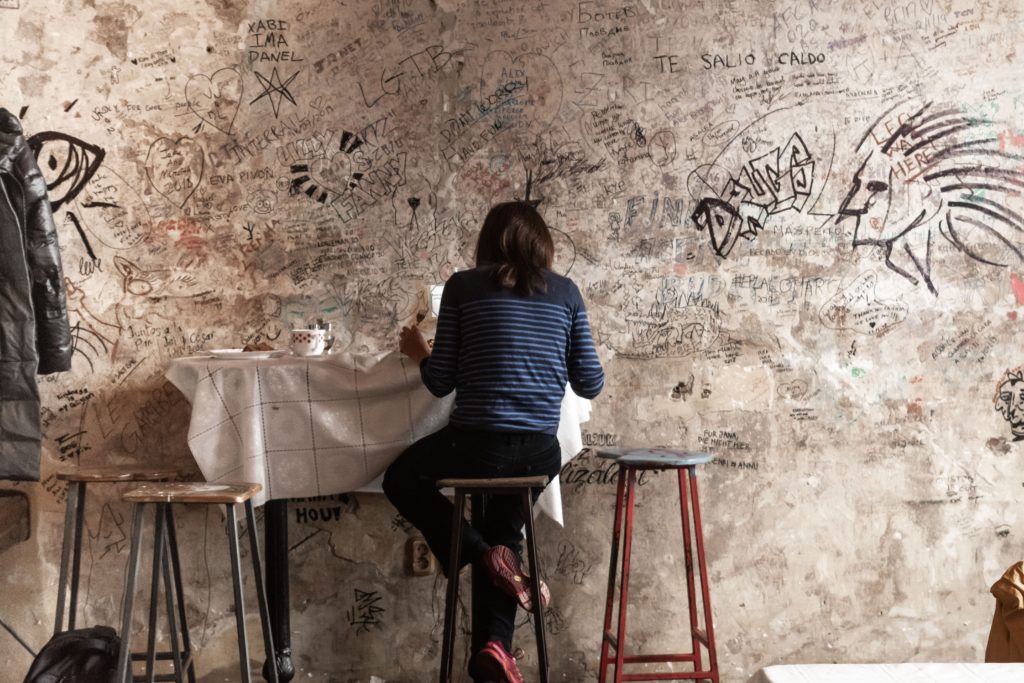
So Prague or Budapest?
First of all, you have the right not to choose!
Prague and Budapest have a lot in common and, once again, whatever you choose, rest assured, you can’t go wrong!
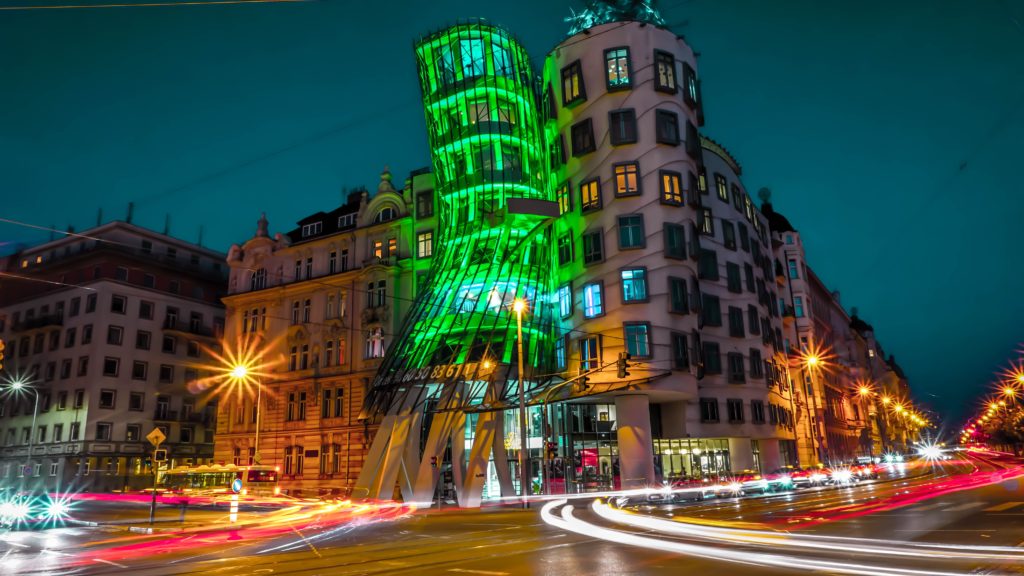
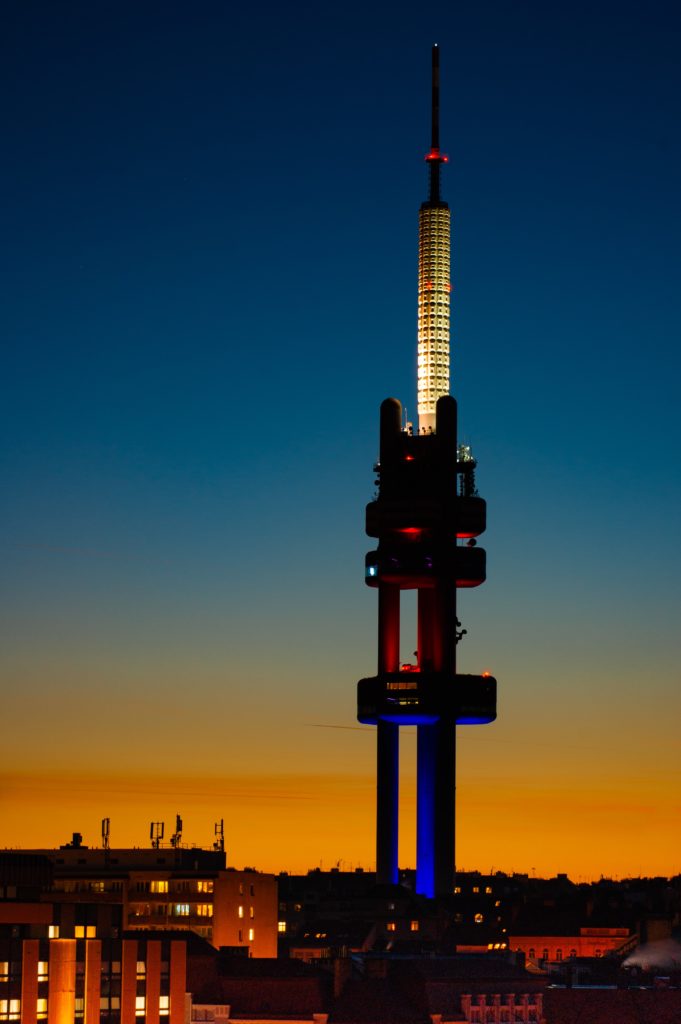
No time difference, a cell phone that works just like at home, a credit card that’s ready to use straight away (even if you use the crown in Prague -1 EUR for 25 CZK- and the forint in Budapest -1 EUR for 400 HUF)… Now that’s a trip to get off to a good start!
Two incredibly beautiful cities with many similarities
Both cities are dominated by their castles. Prague Castle offers a breathtaking view of the Old Town and the Vltava River. In Budapest, Buda Castle (or Budavár Palace, with nearby Matthias Church and Fisherman’s Bastion) overlooks the Danube River and the magnificent Hungarian Parliament on the opposite bank. In both Prague and Budapest, the castle district is located on the opposite bank from where the city historically developed.
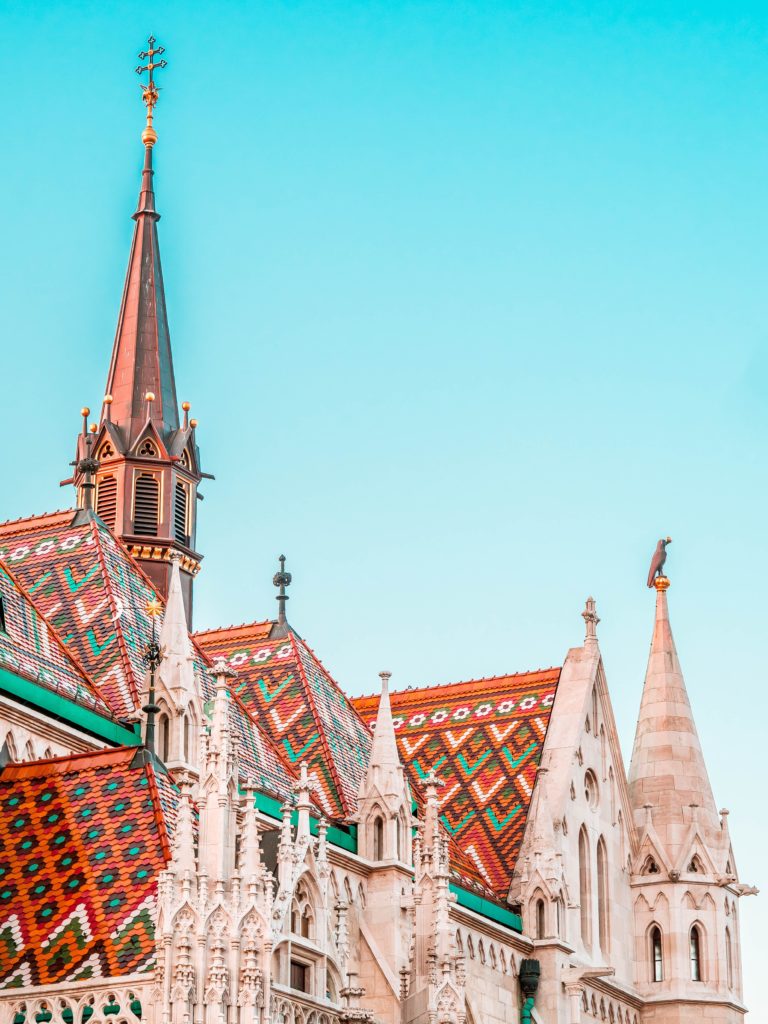
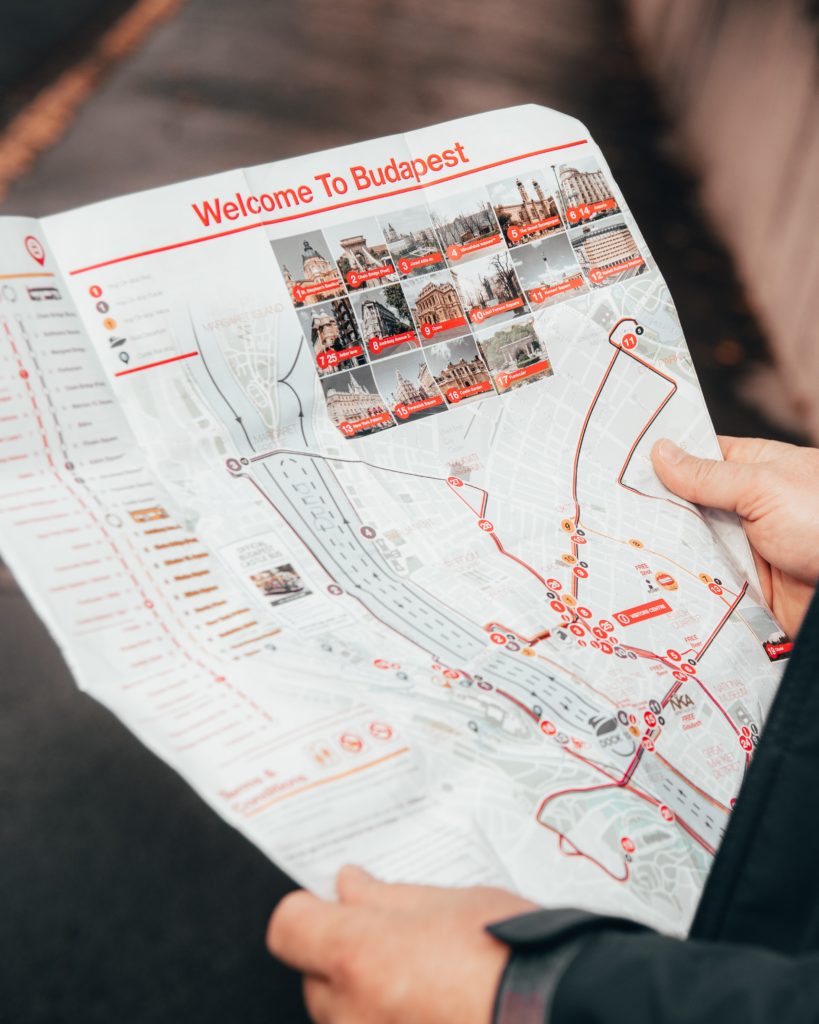
Both cities also boast numerous bridges. The Charles Bridge (14th century) is Prague’s most famous landmark. At sunrise or sunset, with its pretty statues, it’s a photographer’s delight! Budapest’s Chain Bridge is much more recent (19th century), but just as stunning. At 380 m long, guarded by lovely lion statues and with surprising cast-iron decorations, it links Buda to the west and Pest to the east. At the time of its construction, it was considered one of the wonders of modern engineering.
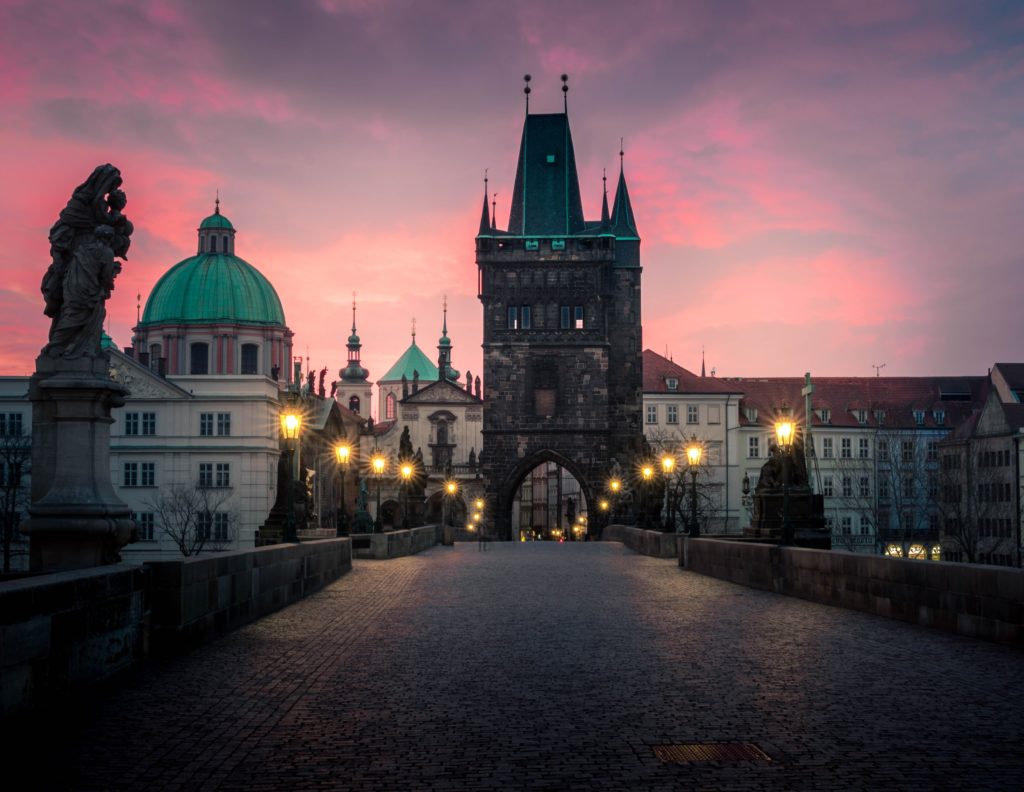
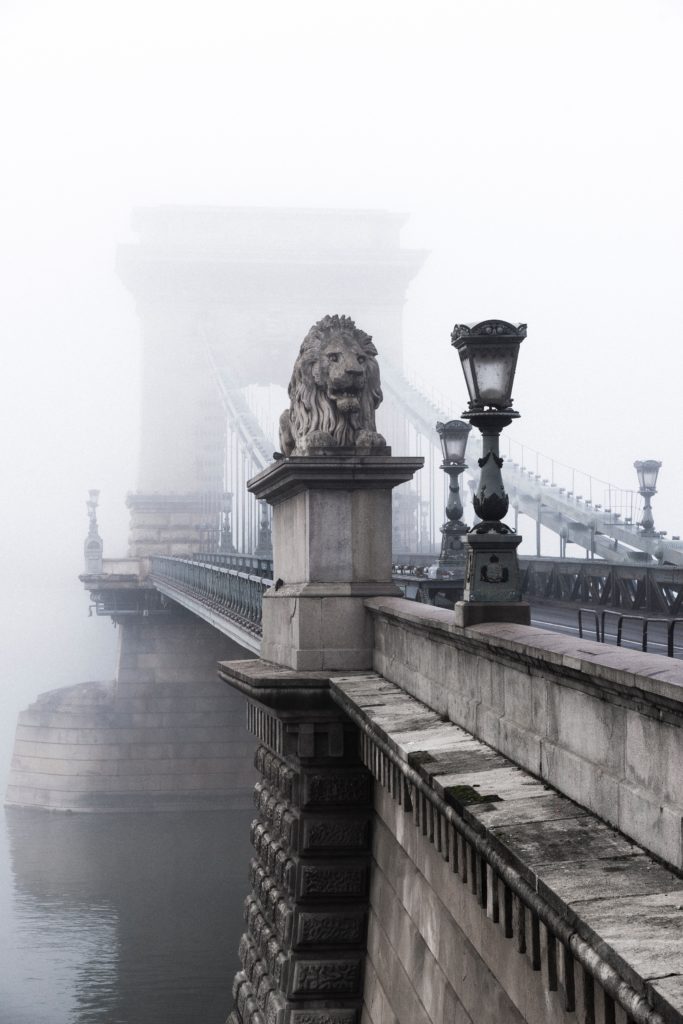
In both capitals you’ll also find pretty islands like Archers’ Island in the heart of Prague, where the archers of Emperor Charles IV (the same man who had the famous bridge built) trained, or Óbuda Island in Budapest, home to the famous Sziget Festival (sziget means island in Hungarian), which attracts half a million people every summer in mid-August.
Czech and Hungarian cuisine are very similar in that they are both gourmet and hearty, with soups, meat dishes in sauce (Hungarian goulash is also a very popular dish in the Czech Republic!) and traditional pastries on the menu. What’s more, in Prague as in Budapest, small traditional restaurants are inexpensive. On the other hand, you’ll have to choose between beer and wine (see below).
Two very difficult languages. Czech and Hungarian are very difficult languages to learn (with a special mention for Hungarian). But don’t worry: in both cities, English is spoken very well, and you’ll have no trouble getting by even if you’re not very comfortable with Shakespeare’s language.


Two dynamic cities to discover in any season. Both capitals are also very lively at Christmas and New Year’ s, and very pleasant in fine weather. As I’m a chilly person, I often recommend a city trip to Prague or Budapest in summer, but I’m the first to admit that you should also discover them in winter, as their faces change with the seasons. Whether you prefer convivial summer beer gardens or Christmas markets and mulled wine, the choice is yours!
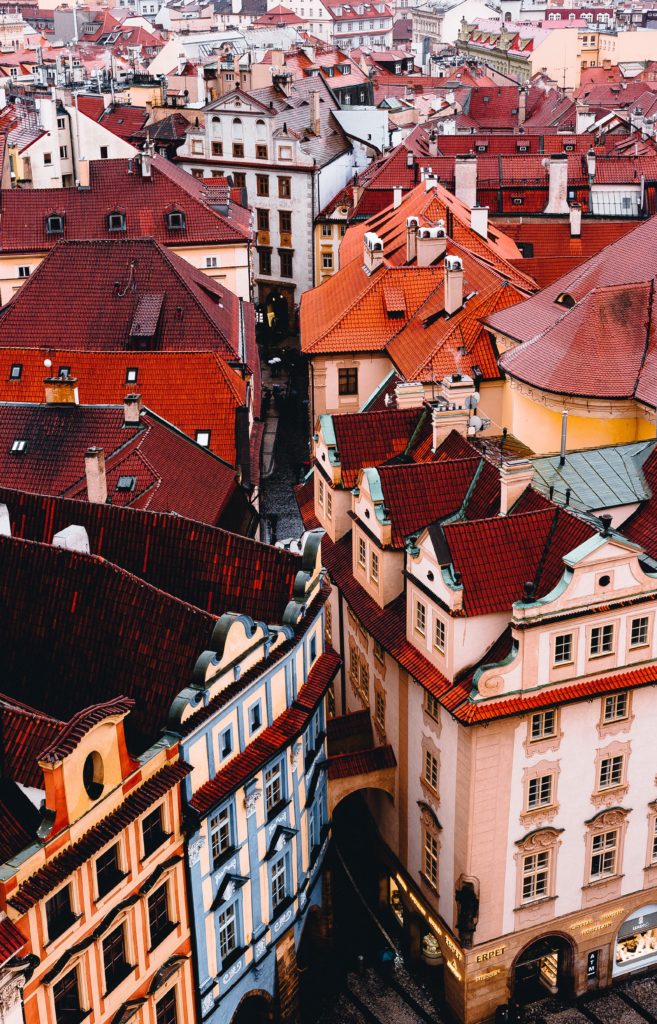
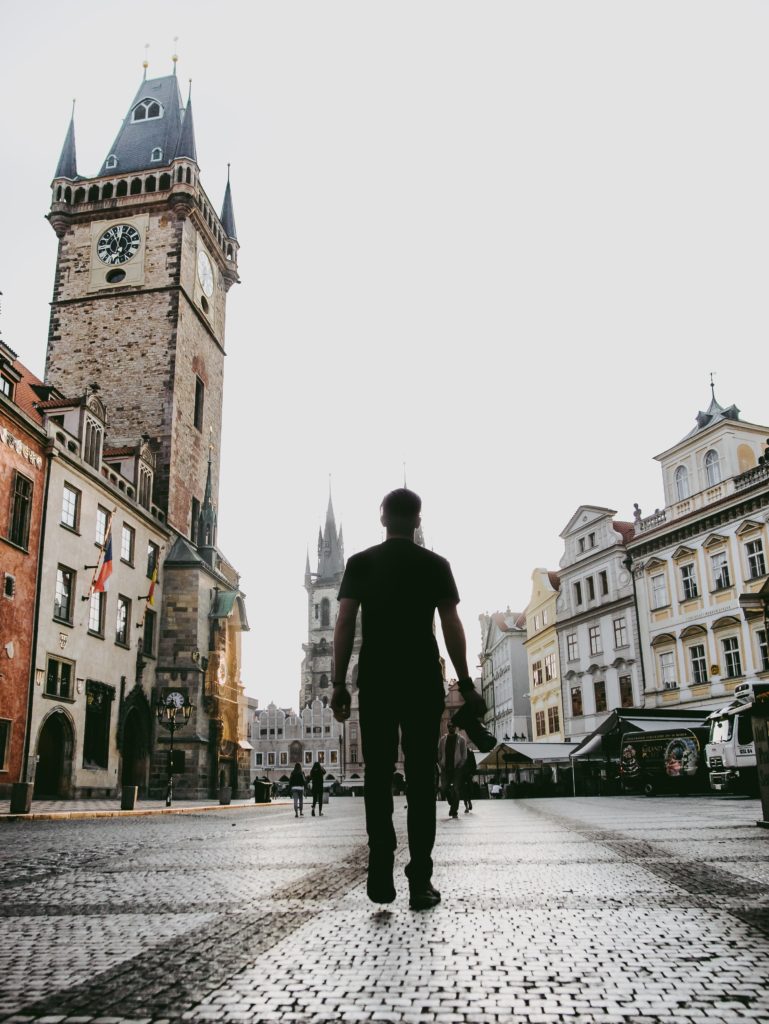

To avoid any dilemmas, some visitors combine the two capitals. An excellent idea! It’s very easy to take a comfortable train between Prague and Budapest for a modest price! Here’s how:
To travel from Prague to Budapest by train (a more eco-responsible solution than flying for such a short distance), allow an average of 7 hours. There are many daily trains: day, night, direct or with connections. For example, you can leave Prague around 7am and arrive in Budapest around 2pm. Or, equally convenient, take a direct night train departing Prague at 10pm and arriving in Budapest at 8:30am. Tickets from 26 EUR with České dráhy!
I also recommend the super private company RegioJet (super comfort and service): daily trains and buses with, for example, a direct train from Prague departing at 6.15am and arriving at 1pm in Budapest. Tickets from 20 EUR.
If you want to leave early in the morning, no problem! There are a number of nice hotels close to Prague’s central train station, just 150 meters from Wenceslas Square, Prague’s nerve center. I recommend Meetme23: 30 minutes after waking up, you’ll be on the train, as the hotel is right opposite the station (or sleep right next to Wenceslas Square!) Don’t worry! Although people are often – and rightly – wary of the environment around train stations, Prague’s station district is very quiet. Prague is an absolutely safe city! The same goes for Budapest, where the station is very central and you’ll arrive right in the city center! I recently stayed at Akacfa 7 City Center, a very well-located apartment offering excellent value for money. I walked to it from the station with my children. Very easy!

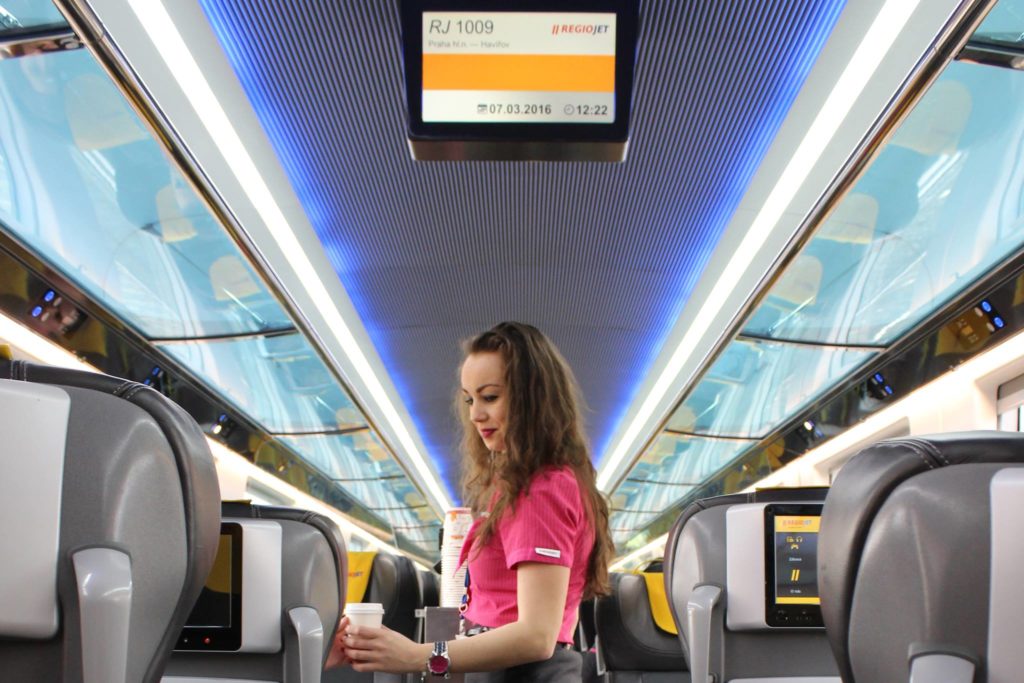
No time to visit both? My 8-point comparison of Prague and Budapest
So, Prague, the “city of 100 towers” or Budapest and its relaxing thermal baths (I enjoyed them during my stay in May 2025!)? In 8 short points, I’ll try to help you choose.
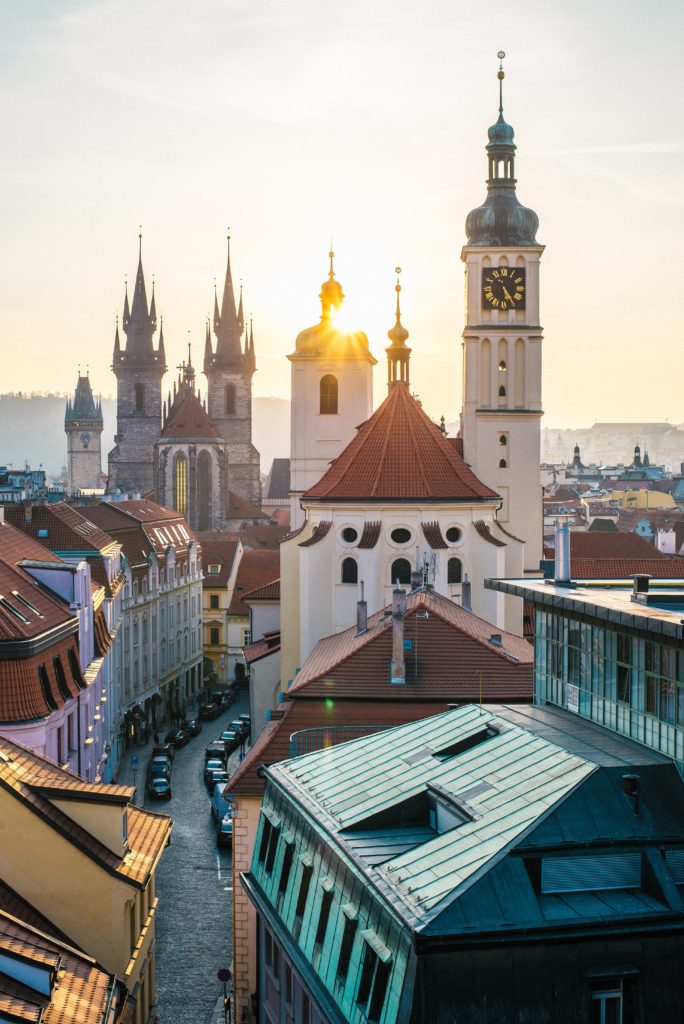
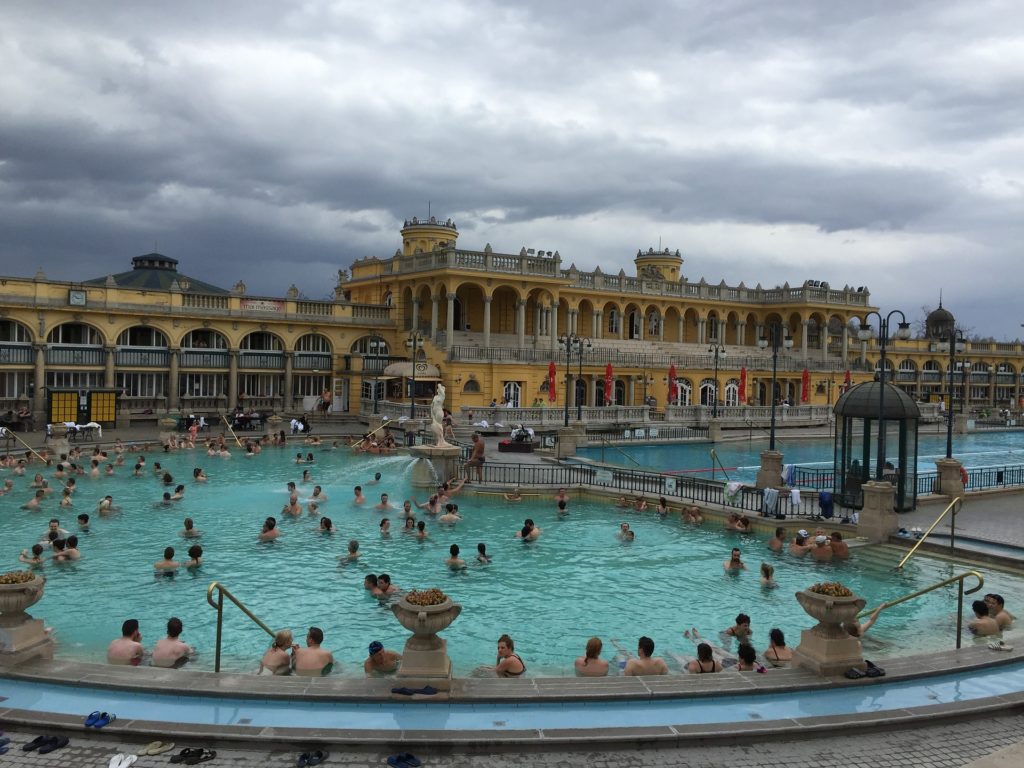
1- How to get there ? The Prague advantage
There are many daily flights to Prague or Budapest but Prague’s airport is often cited for its cleanliness, tranquility, and good organization.
Result: advantage Prague.
2- Cost of living: equal

The cost of living will not be a determining factor in your choice of travel destination. In both cities, cafés and restaurants are very affordable. Drinks are cheaper in Budapest, but beer is better in Prague! Budapest is even cheaper for transport, but there are no children’s or seniors’ fares, whereas in Prague under-15s and over-65s travel free. Prague can also be explored on foot, and the city center can be reached by bus from the airport for less than 2 EUR… Last but not least, I found museums and monuments in Budapest much more expensive than in Prague! Finally, the Czech capital is a dynamic and very attractive city, with 0% unemployment, whereas Budapest is a less affluent place, with antique signs dating back to communism, old telephone booths, many closed or dusty shops, less well-maintained facades, dirtier streets… and perhaps a little more authentic, it’s true.
Conclusion: Equality, so this won’t be a decisive criterion in your choice
3- Urban landscape and accessibility: Prague again!
With 1.7 million inhabitants, Budapest is slightly larger than Prague, which has 1.4 million. Prague’s historic center is also tightly clustered, and you’ll find yourself strolling through the city in a fairytale atmosphere. As a result – and I often say this on the blog – everything in Prague can be done on foot! Old Town Square and its clock, the Jewish Quarter and its synagogues (there’s also a superb Great Synagogue in Budapest), Charles Bridge or the Castle, the most important sites are all within a very short distance of each other and you can visit the city without buying a single streetcar ticket. Central Bohemia is the perfect city for those who like to visit and explore on foot.
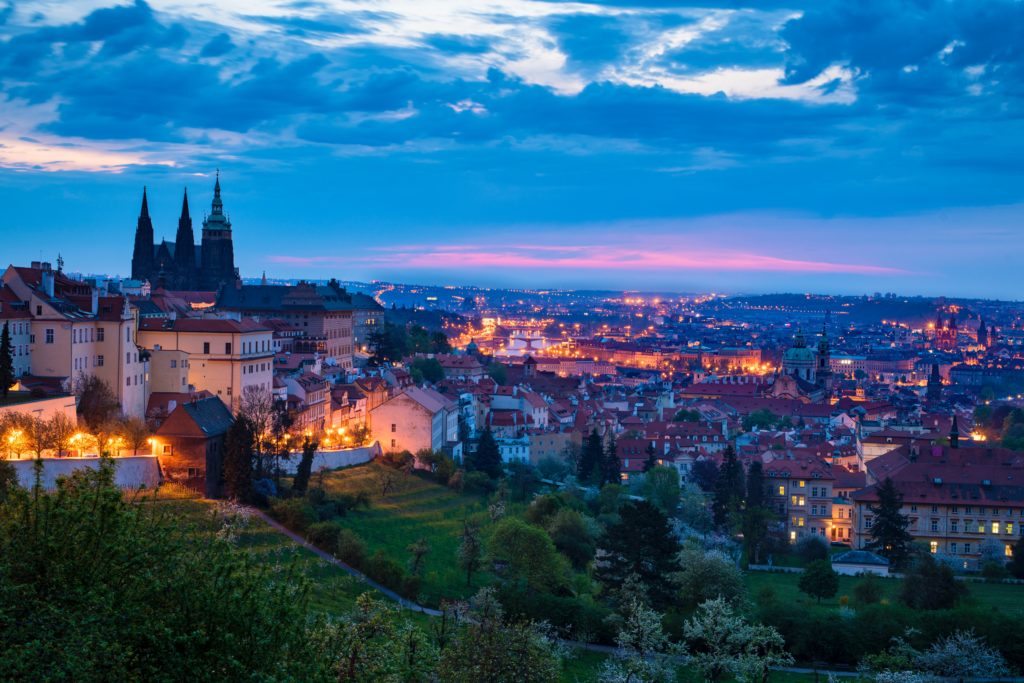
In just half a day on foot, you’ll be amazed at just how much you can see in Prague, which is also a very green city!
Budapest’s somewhat scattered sights require a little more stamina to explore on foot, or require the use of public transport (fantastic in both Prague and Budapest). Budapest also has wide boulevards (such as the 2 km-long Andrássy Avenue, a UNESCO World Heritage site). I also remember being very surprised in Budapest by the distance between two streetcar stations, whereas in Prague this distance can easily be covered on foot. Both cities have self-service bicycles (pink Rekola in Prague and green BuBi in Budapest) and a very practical metro. The Prague metro runs deep underground (long, photogenic escalators), while the Budapest metro is only a few meters below ground. Both are charming. And honestly, during my stay in May 2025 with the kids, we used the metro once and a VTC once over 3 full days of sightseeing! Both cities are very green, but Prague is ahead of Budapest in this respect, especially in terms of accessibility.
So the winner in this category is Prague.
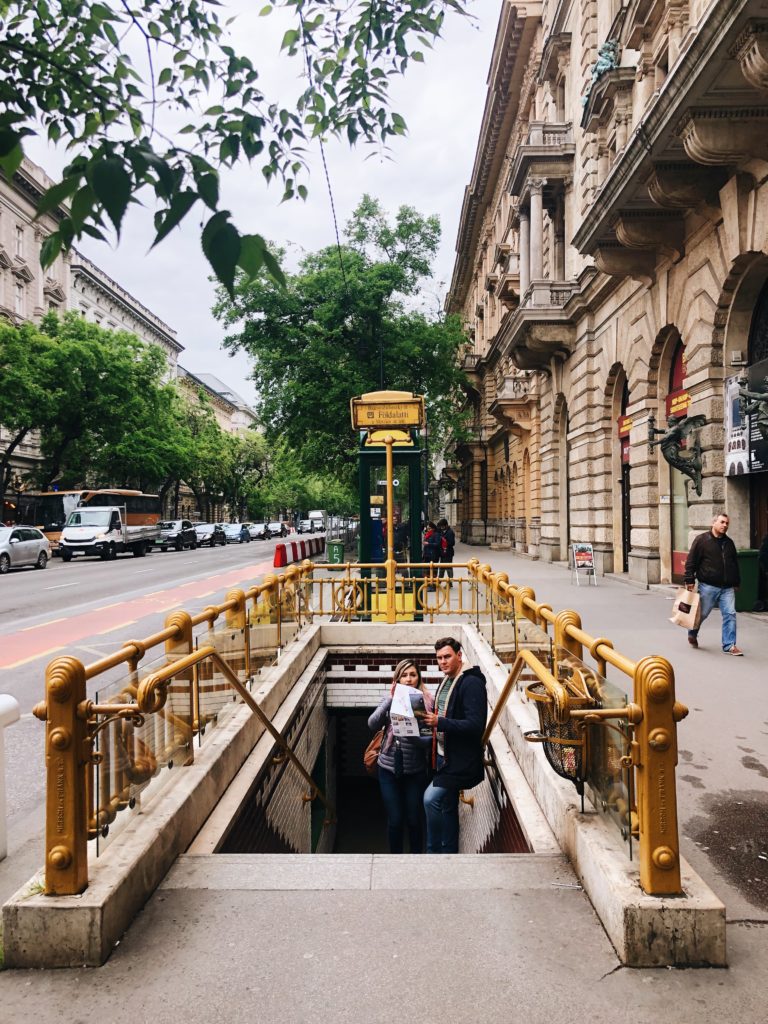
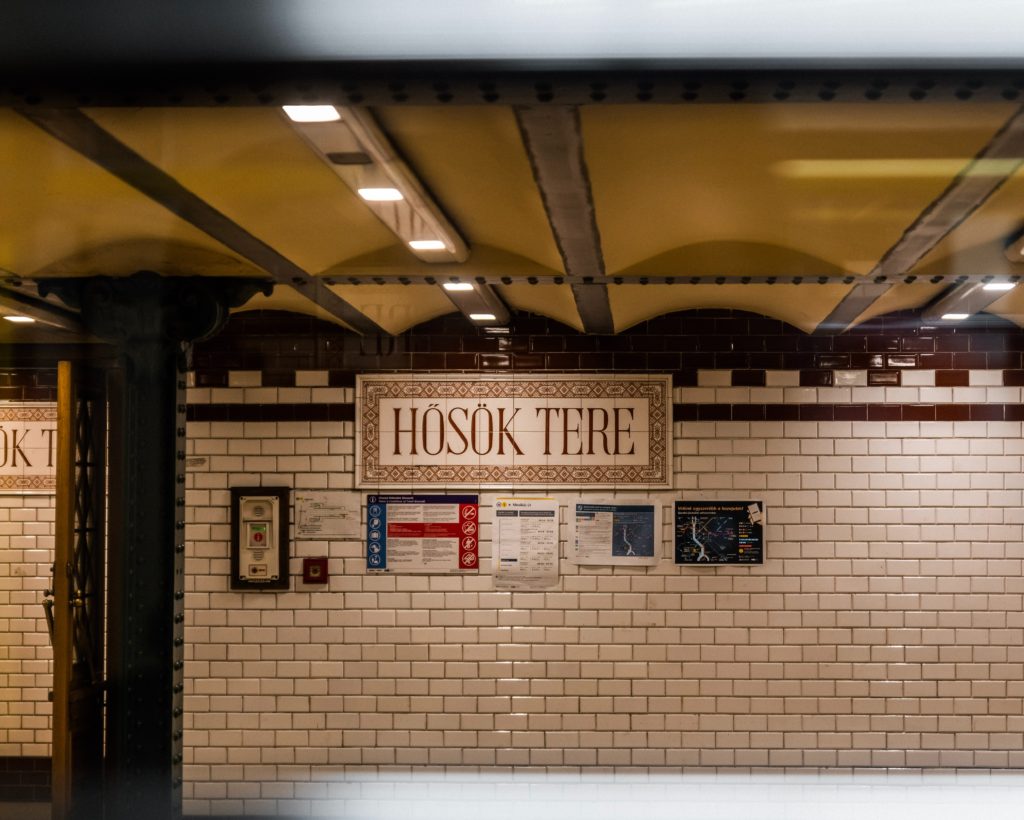
4- Sites and places of interest: a draw!
The illuminated Parliament in Budapest or the romantic CharlesBridge in Prague? Both cities have extremely rich histories and much to offer the visitor interested in culture. On the whole, Prague and Budapest offer roughly the same number of things to see. You have just as many museums in one city as in the other. For example, if you have the House of Terror in Budapest, you have an interesting Museum of Communism in Prague… But while Prague has an eternal cult of classical music, it doesn’t, of course, have Budapest’s baths! There is a tradition of spas and thermal cures in the Czech Republic, but you have to leave Prague and travel a hundred kilometers to the West Bohemian spa triangle (easily reached by public transport). In Prague, all you’ll find are beer baths and hotels with spas. Nothing more, and nothing to compare with the splendor of Budapest’s baths, which I adore!
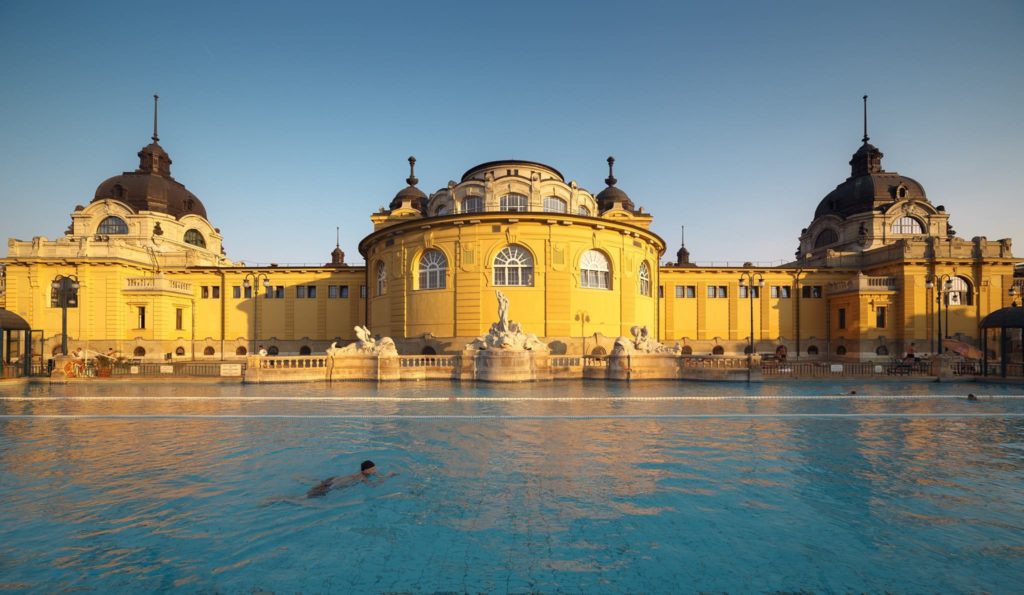
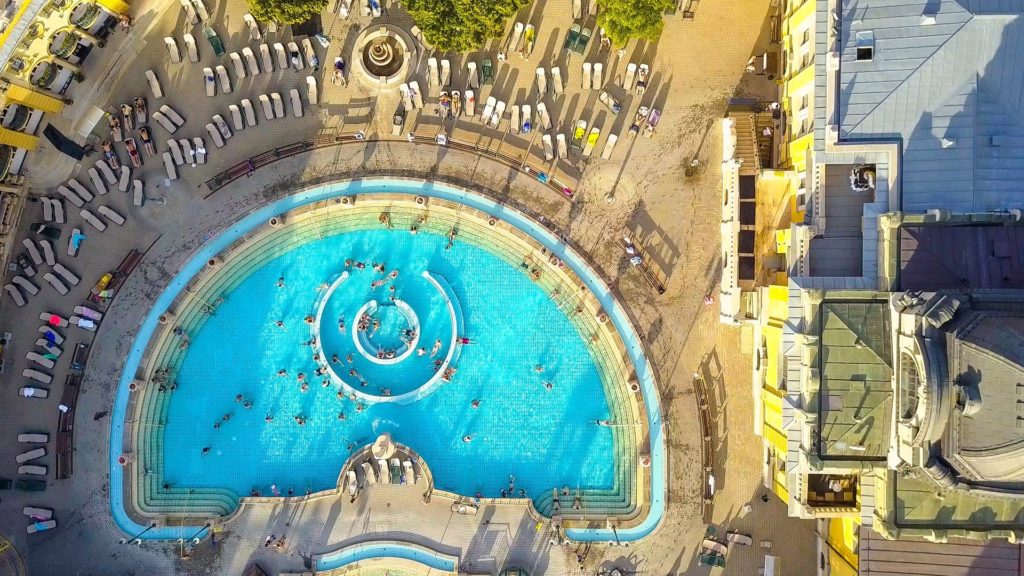
Budapest can claim to be one of the most relaxing cities in Europe, thanks to its dozen baths and 118 hot springs (which provide 70 million liters of therapeutic water every day).
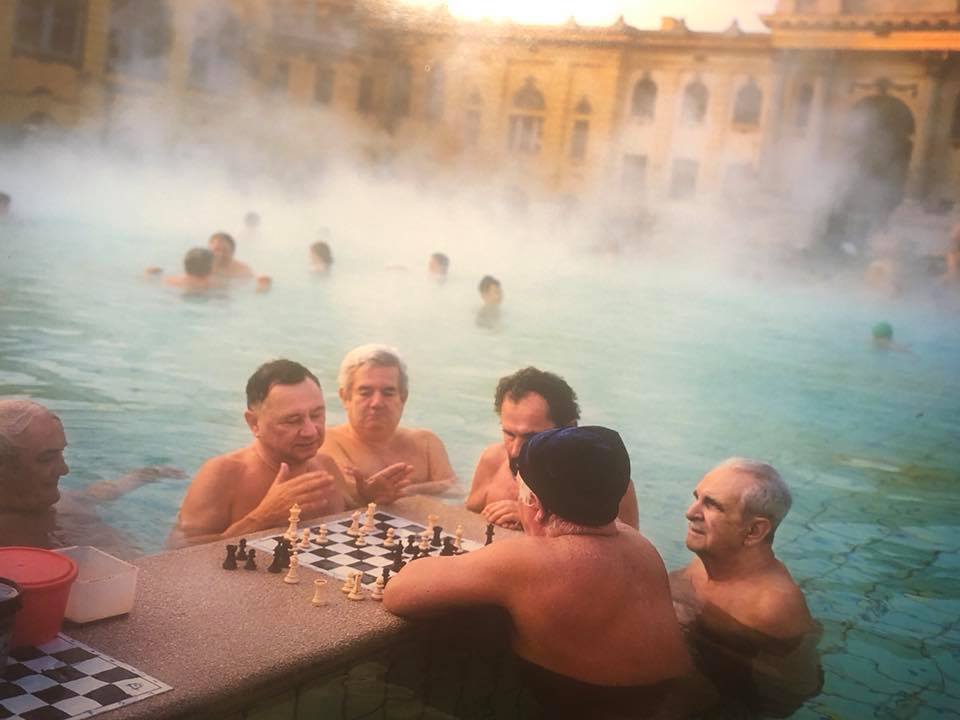
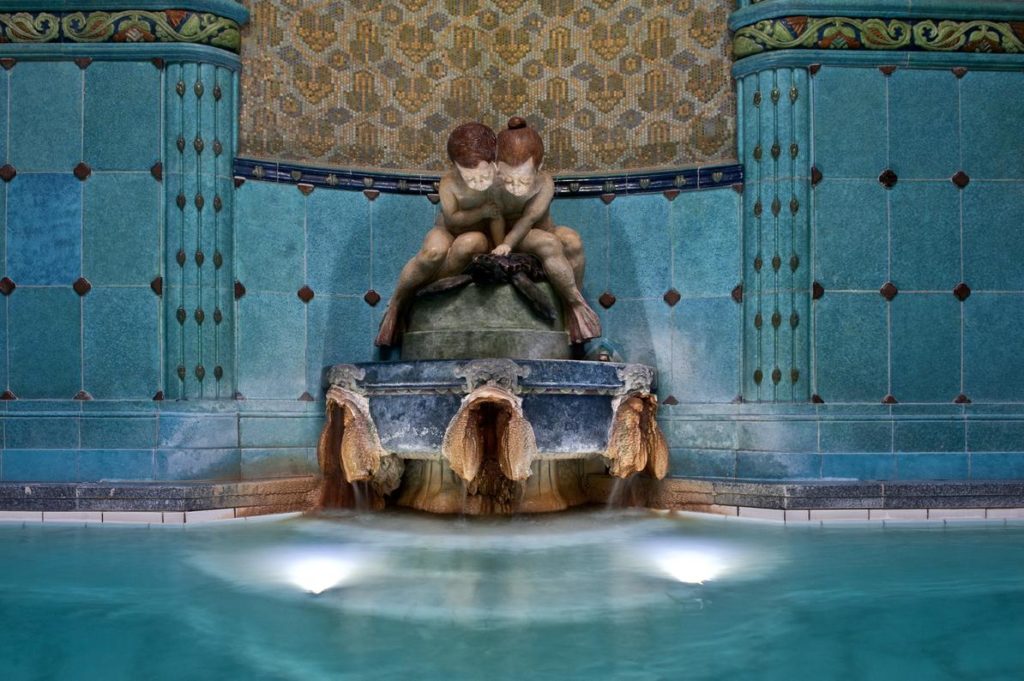
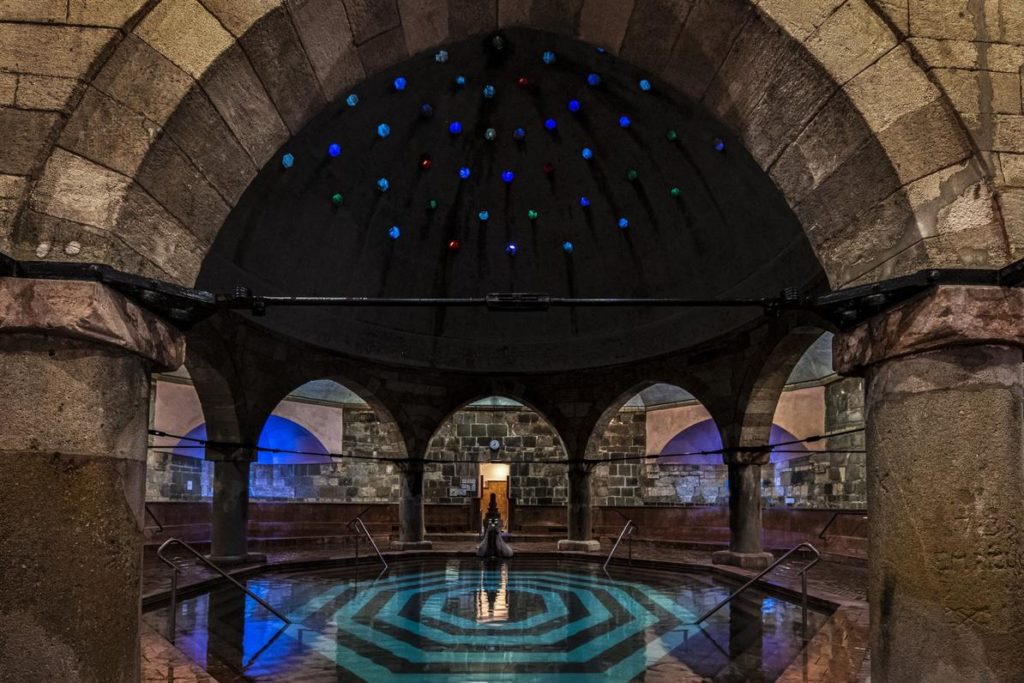
Budapest’s Turkish baths are an eternal reminder of Ottoman rule in the 16th and 17th centuries. The Széchenyi thermal baths are among the most important in Europe (the famous chess players in the huge outdoor pool…) and the Gellért spa features several indoor and outdoor pools in a sumptuous Art Nouveau decor. The overall winner in this category would therefore be Budapest… BUT, Prague’s architecture, with its incredible diversity of styles, is so delightful… It’s such a pleasure to walk around… Not to mention all those unusual little things like the Dancing House, the John Lennon Wall or the works of David Černý scattered all over the city! The pastel facades of the houses are very well preserved and Prague is also very clean. All of which explains the Czech capital’s tourist appeal. Budapest’s architecture is also superb, but there’s less diversity and the streets are certainly not as perfect as those in Prague.
Verdict: draw.
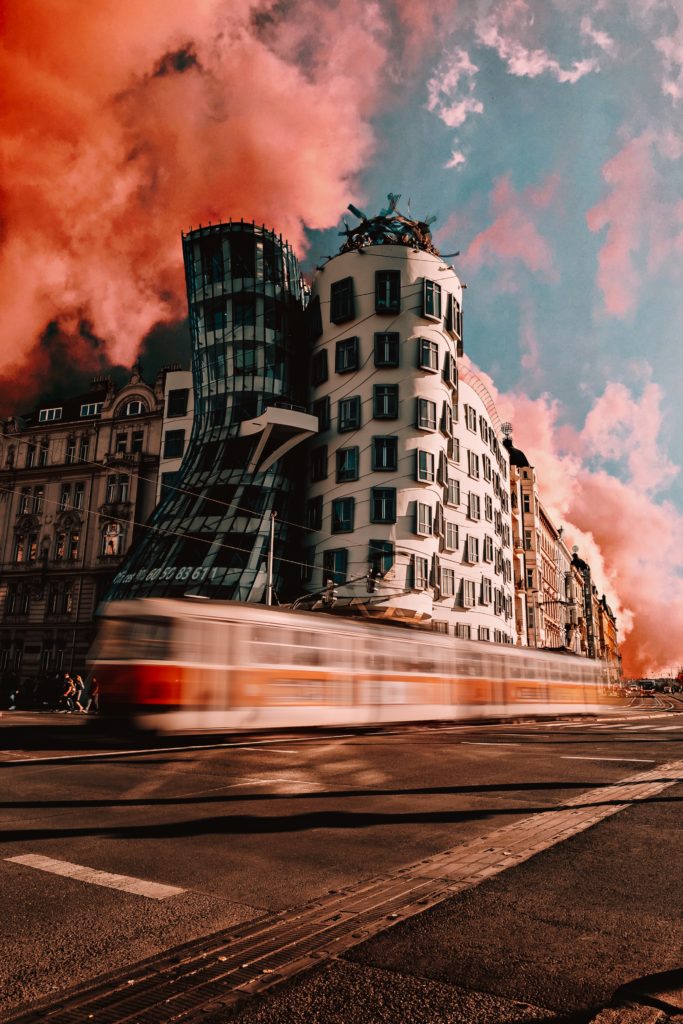
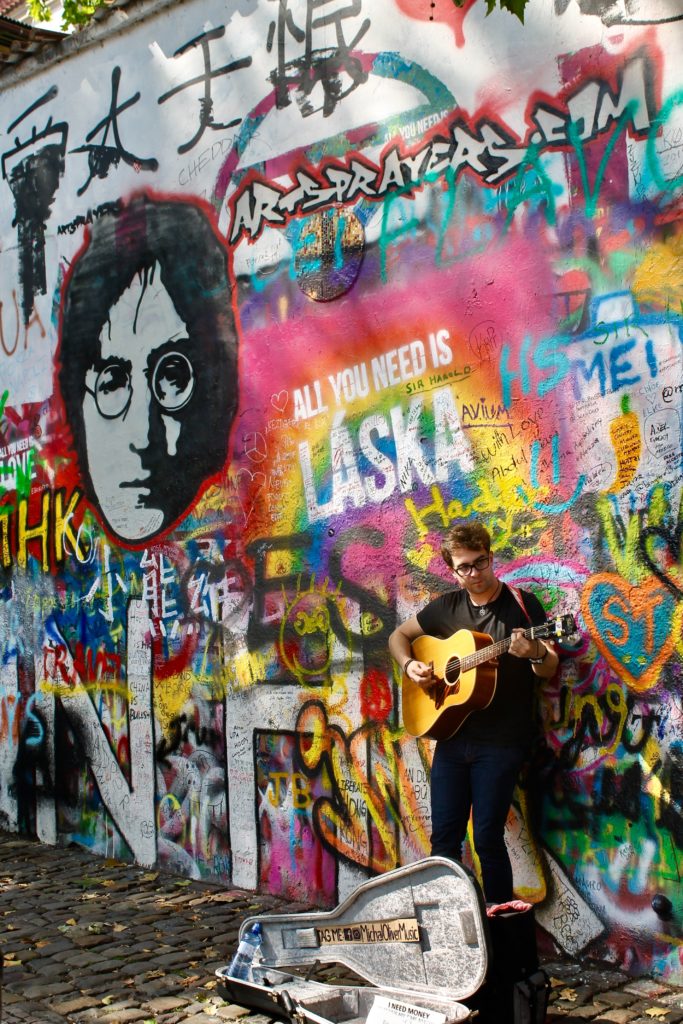
5- Restaurants, cafés and nightlife: Budapest takes the cake!
The reputation of “festive Prague” is well established! The city vibrates every night and the cheap beer flows freely. Many tourists come just for that. Prague City Hall would like to eradicate this “alcohol tourism” in favor of more “cultural” tourism. Czech beer, light and pale, has a long history in the Czech Republic, with brewing as far back as the 12th century in Plzeň and České Budějovice (Pilsen and Budweis in German) or even as early as the 10th century in Prague at the Břevnov monastery. From Hungary, you’ve probably heard of the famous Tokay (also found in Slovakia). I’m not a big fan of the latter, but I do enjoy Czech beer! The Czechs are the world’s leading consumers of beer, because it’s delicious and ridiculously cheap: EUR 3 per half-liter! If you’re not much of a party person, Prague also offers a wide range of good-value eateries, traditional brasseries and historic cafés with their interwar atmosphere.
When it comes to authenticity, nothing beats Budapest’s famous “ruin bars”(romkocsma), where you can drink pálinka with the regulars in old apartments or disused factories.
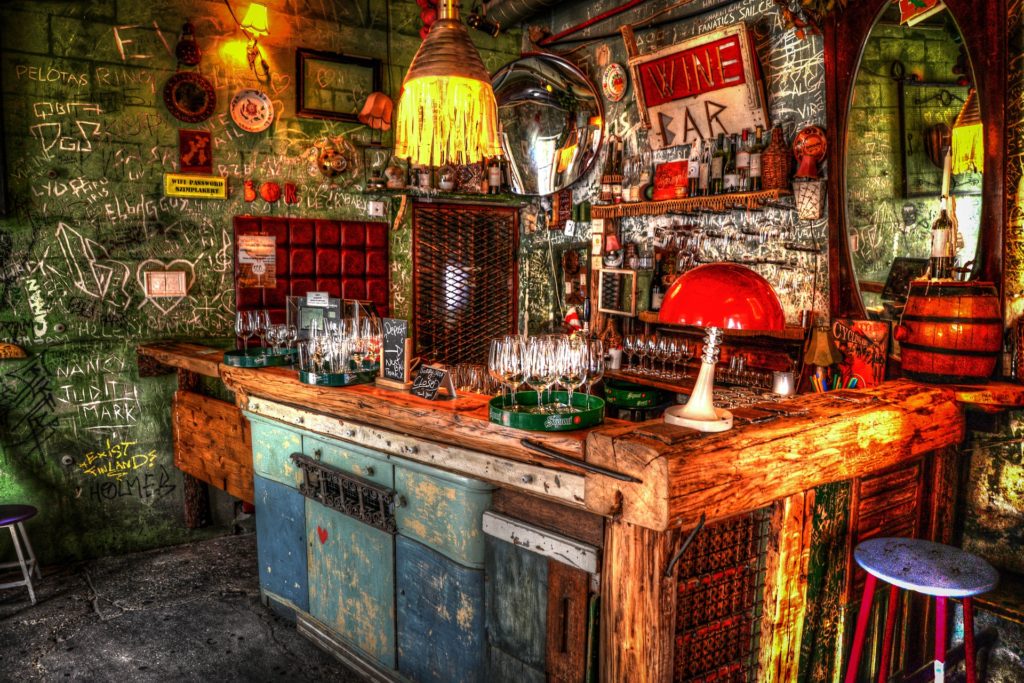
Bars in Prague’s historic center are often packed with tourists (sometimes with tourist prices too). The same applies to some of the “ruined bars” in Budapest’s Jewish quarter, such as the famous Szimpla! The fault of mass tourism. But I’ve noticed that Budapest still has plenty of little neighborhood spots where you can have a drink with the locals, even right in the city center. Budapest also has elegant cafés like Café Zsolnay. To make the most of the latter, sleep at the superb Radisson Blu Béke Hotel (see my list of 5 great hotels in Budapest at the end of the article – the café is on the first floor!) Of course, Prague today has a plethora of restaurants offering fantastic fine cuisine, but nothing beats, in my opinion, the authenticity and underground side of the Hungarian capital.
Budapest wins!
6- Tourist infrastructure: Prague wins
Admittedly, if you’ve traveled a lot, this may not be very important to you. But for those of you who are a little anxious when you travel, I’m going to take a quick look at the tourist infrastructure in both cities. As mentioned above, Prague is very touristy and the infrastructure is really excellent.
Prague’s main sights are within easy reach. You’ll also have no problem finding service in English in any restaurant or hotel.
I even see many tourists traveling alone in Prague who don’t speak a word of English. Hungarians are very welcoming, but the hotel offer is much less rich, I find.
For me, Prague is the clear winner in this category.
7- Authenticity: Budapest hands down!
Prague is an incredibly beautiful city. The price of success? Mass tourism (the famous crowded Royal Way from the Powder Tower to the Castle) and the problems that go with it. If you’re not careful, and don’t plan your stay a little in advance, you may find that everywhere you go, services are only available to tourists. The only locals you’ll see will be the ones providing those services! A bit depressing, isn’t it?
That’s why I created the blog Prague Secrète. So that when you discover Prague, the city I love so much, you have the nicest, most authentic experience possible!
So there are neighborhoods to avoid and scams to avoid. After living in Prague for over 15 years, I’m starting to get the hang of it! For a little more authenticity, move away from Old Town and Prague 1 to cooler, quirkier neighborhoods like Vinohrady in Prague 2, Žižkov in Prague 3, Holešovice in Prague 7 or Karlín in Prague 8. Or simply stroll around Malá Strana, at the foot of the Castle, around 7pm. Once the tourists have left, all that’s left in this district are the locals (i.e., not many people)! Admittedly, Budapest can seem run-down, whereas Prague is very neat and international. There are also more homeless people in Budapest. On the other hand, it’s highly likely that you’ll easily extricate yourself from mass tourism in Budapest, and that’s just as well!
Result: Budapest in the lead.
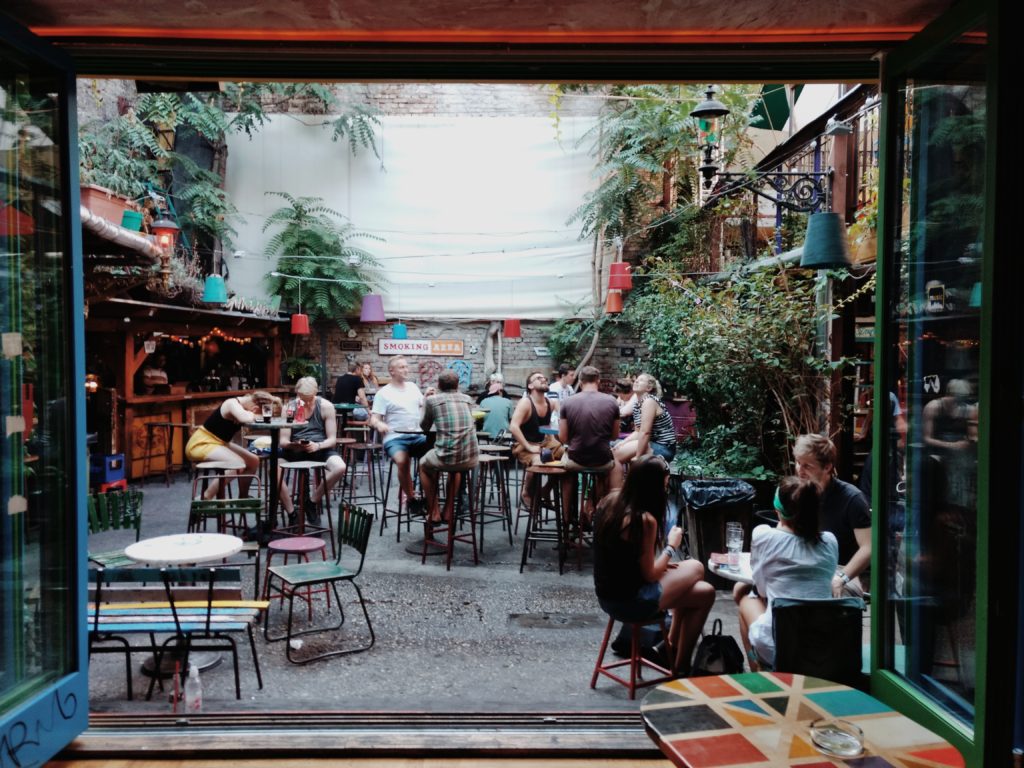
8- Memories: Budapest by a nose
Be careful not to fall into a tourist trap in Prague. For that, read my article on souvenirs to bring back from Prague. Garnets are just as much a part of the authentic souvenirs as the famous Bohemian crystal or, another of the city’s specialties, original wooden puppets. For Budapest, porcelain, tablecloths and embroidered dresses, but also a bottle of tokay (see above) to accompany the local foie gras (Hungary has become France’s competitor for goose and duck farms). And then, inexpensive and so local, slip a few packets of paprika into your suitcase. A little attention that will delight your friends back in France and won’t cost you a penny!
Result: Budapest wins by a very narrow margin.
Final result: perfect tie but Budapest wins on points
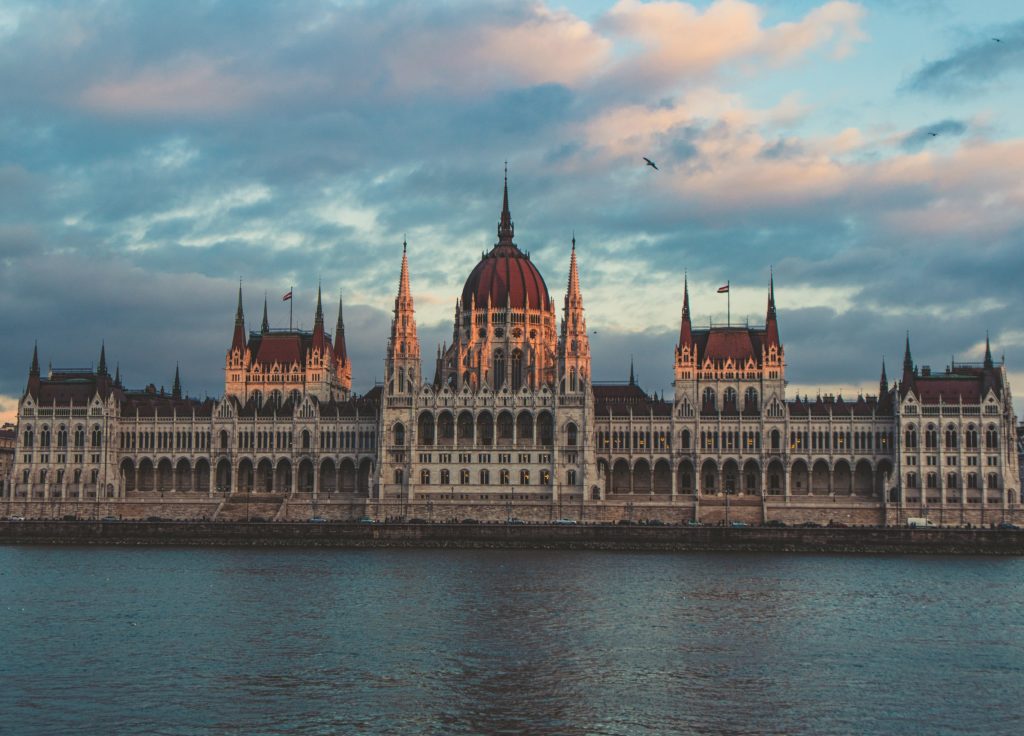
Even before you set foot in Prague, you know it’s dazzling. You can walk around with your nose in the air and take in the sights. The city’s calm and security are also often emphasized by visiting tourists. At last, you can drink cold beer and eat tasty, inexpensive Czech food. If you have more than 3 days, go to Kutná Hora or Český Krumlov, for example (you can also leave Prague to go to nearby ski resorts like Skiareál Špindlerův Mlýn, in the Giant Mountains, something impossible in Budapest).
Budapest is more confusing and takes you out of your “comfort zone”.
Prague is incredibly beautiful, but Budapest seems to have a small advantage: it’s a bit more exciting, as with the aforementioned Sziget Festival: 18 crazy stages every summer north of the city. I can’t wait to get back to Budapest and explore some new spots. Not to mention the famous Lake Balaton, just over a hundred kilometers from Budapest, and the small villages that border it, or, just outside the capital, the astonishing Memento Park, where statues of the great Communist leaders have been assembled… I’d also like to discover more bars, and eat more lángos, the deep-fried breadcrumbs you eat on every street corner… Well, it’s true that I live in Prague and know the Czech capital very, very well, whereas I still have a lot to discover in Budapest! This of course also explains why I give Budapest a slight edge! But don’t hesitate to give me your opinion! The debate is on…
Finally, one of the good reasons to go to Prague is this prague-secrète website you’ve found! I’ve spent a lot of time on it to give you regularly updated tips for an incredible stay. All you have to do is read the blog and apply my tips to make your stay in Prague a success.
5 well-placed hotels and 5 great accommodation deals in Prague and Budapest
Where to stay if you’re going to Prague?
Art Deco Imperial Hotel: great hotel and great restaurant
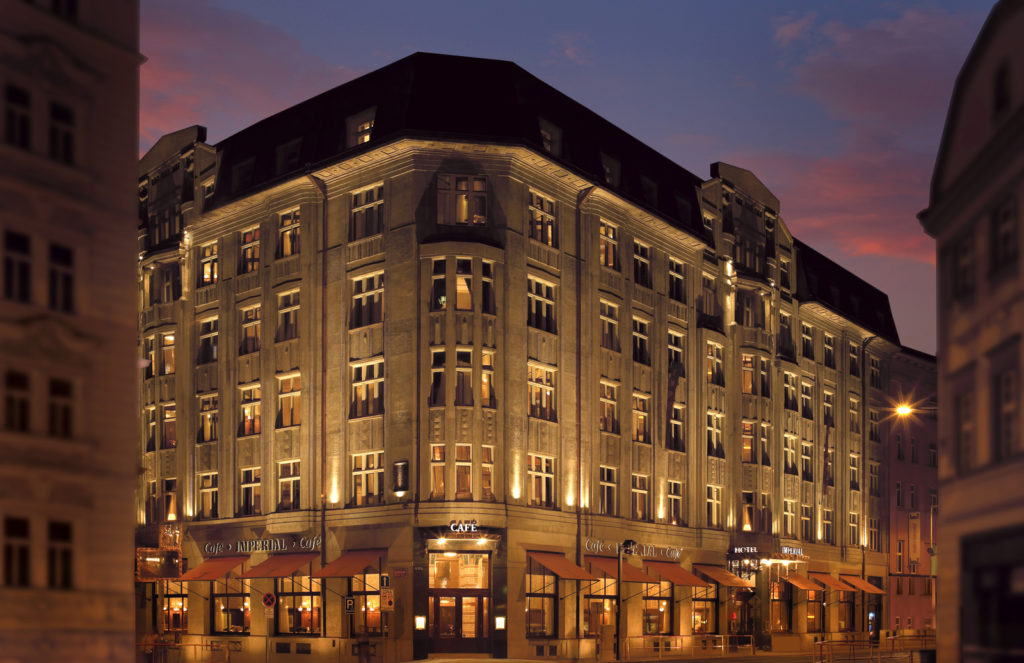

Mama Shelter: Prague’s coolest hotel
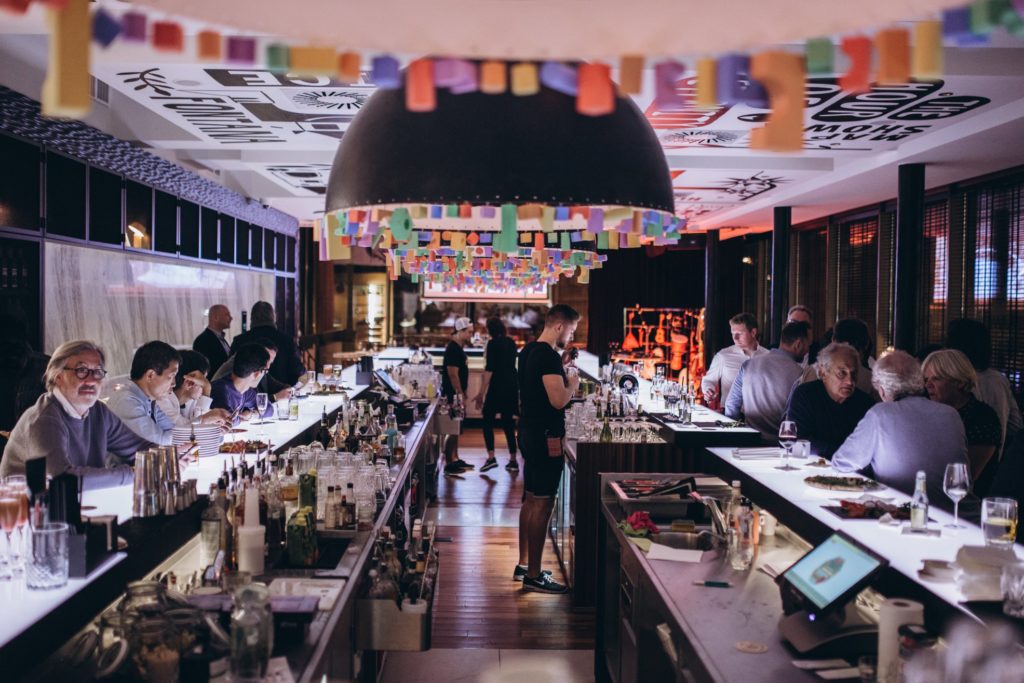

Mosaic House Design Hotel: an eco-responsible hotel with crazy charm
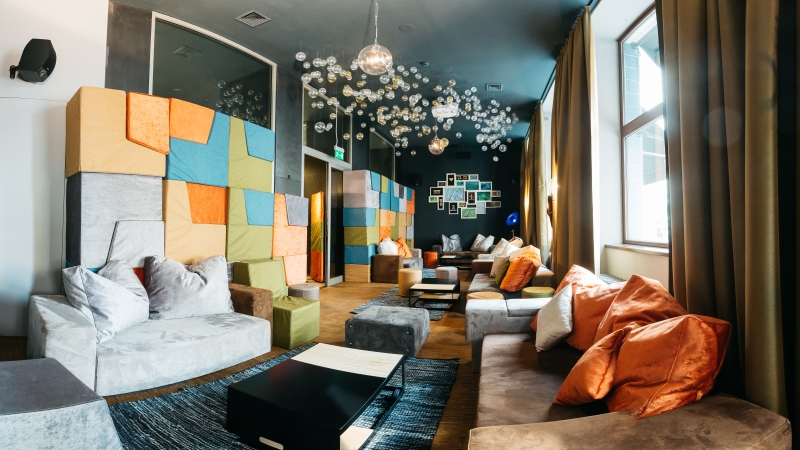
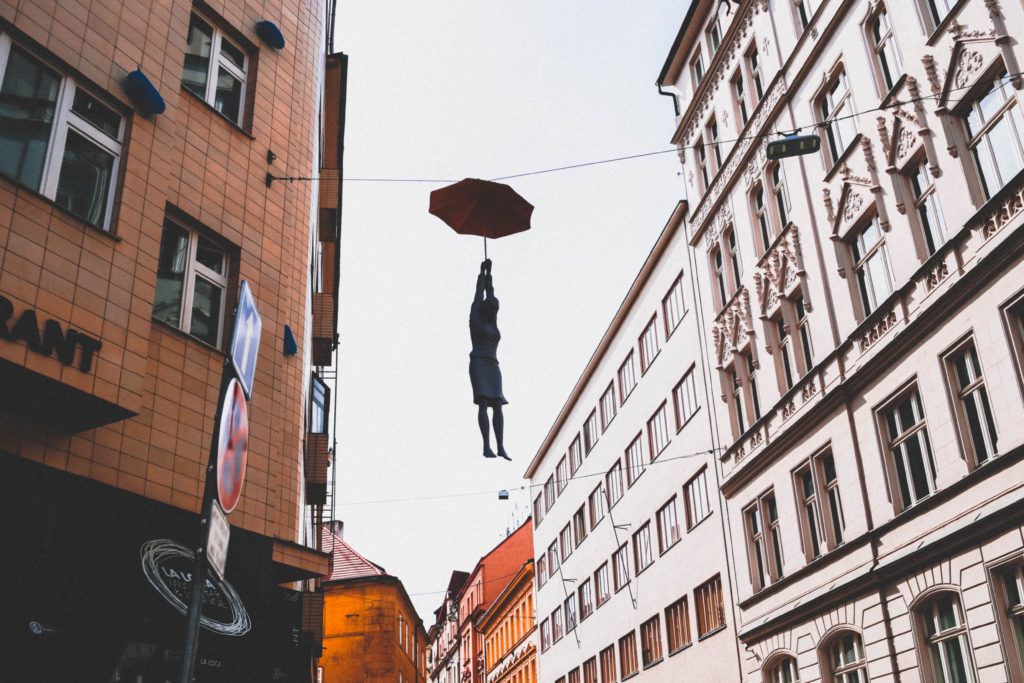
Hotel CUBE: an increasingly talked-about hotel
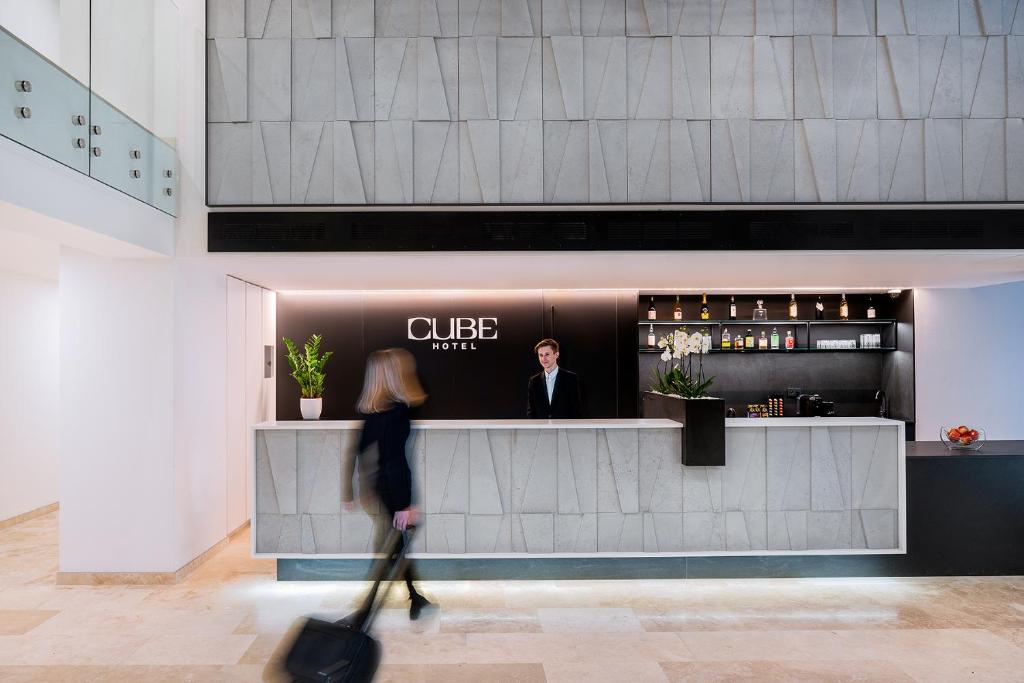
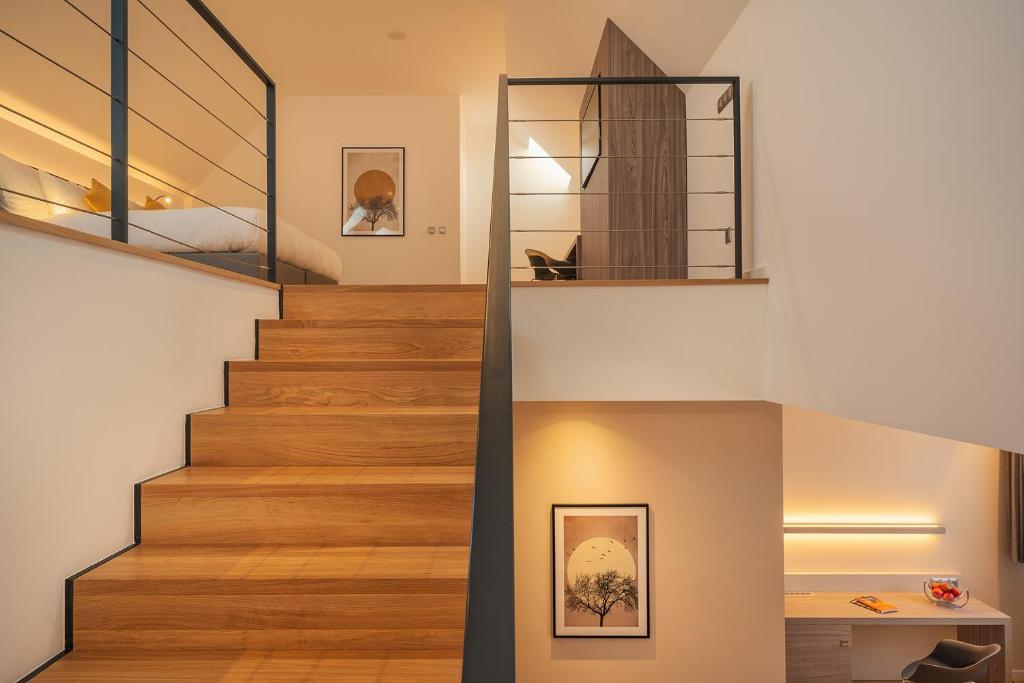
Hotel Botanique: a new, sleek design hotel
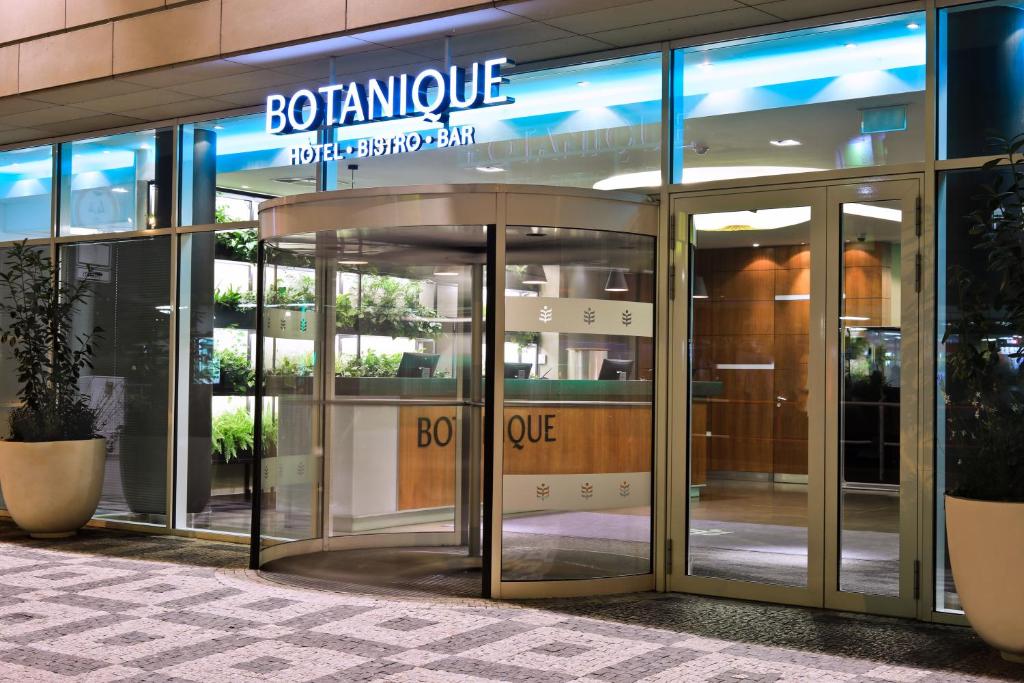
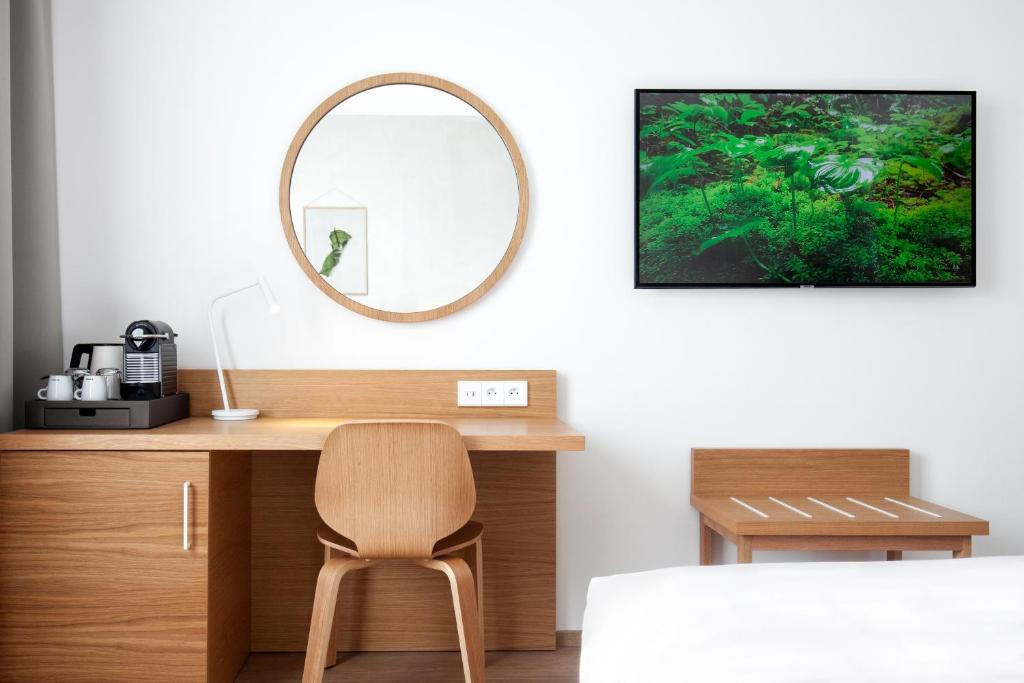
Budapest
BALTAZÁR Boutique Hotel by Zsidai Hotels at Buda Castle: a boutique hotel with a cool, urban atmosphere
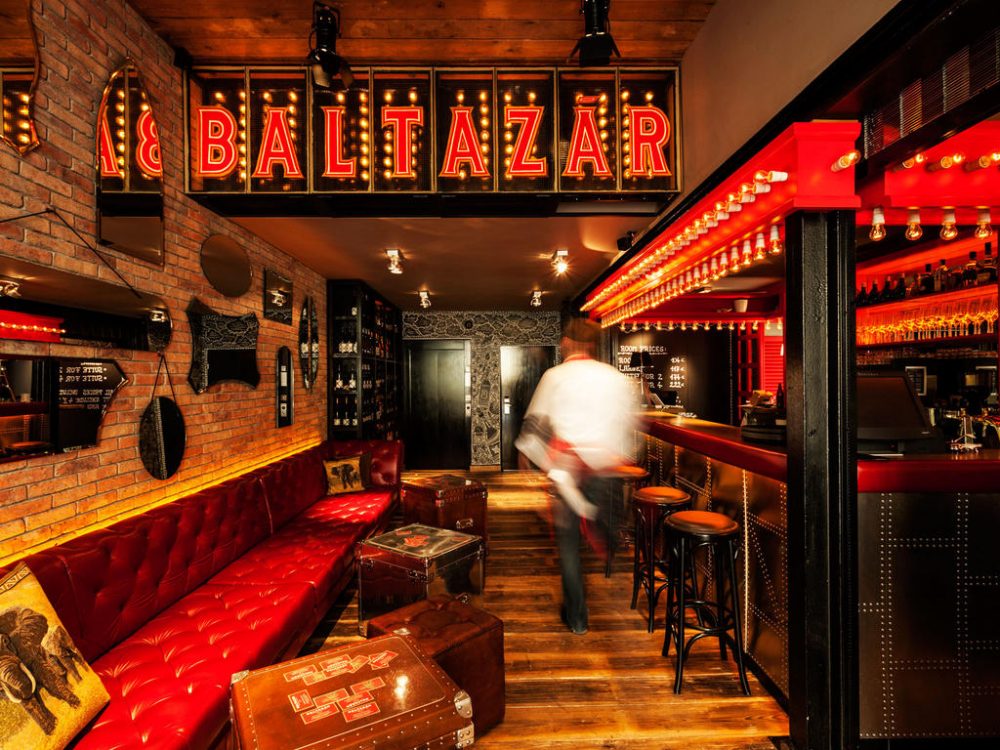
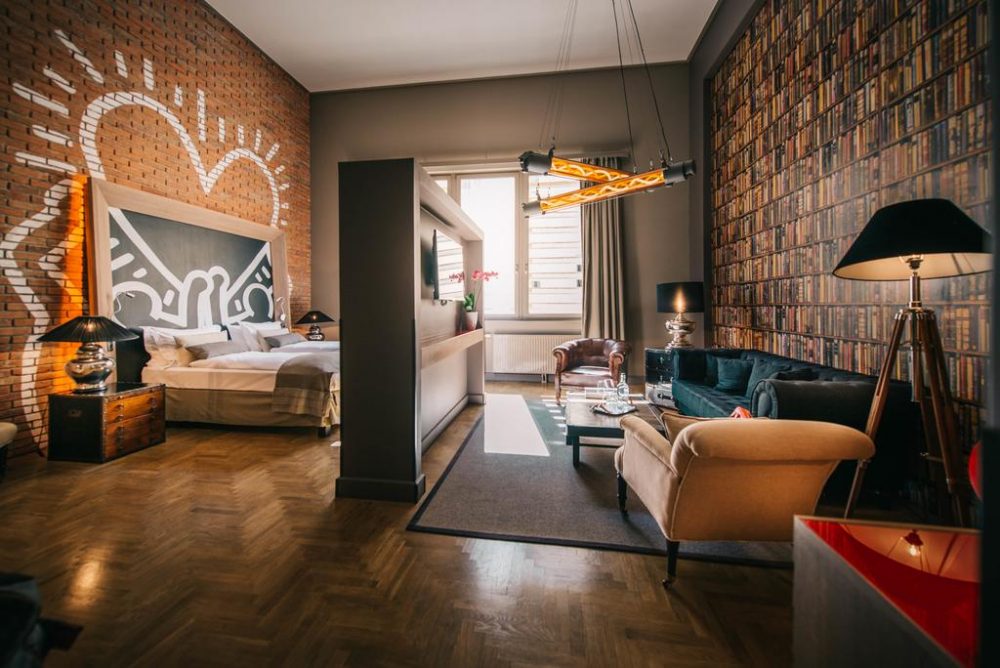
Bohem Art Hotel: an art gallery hotel by the Danube
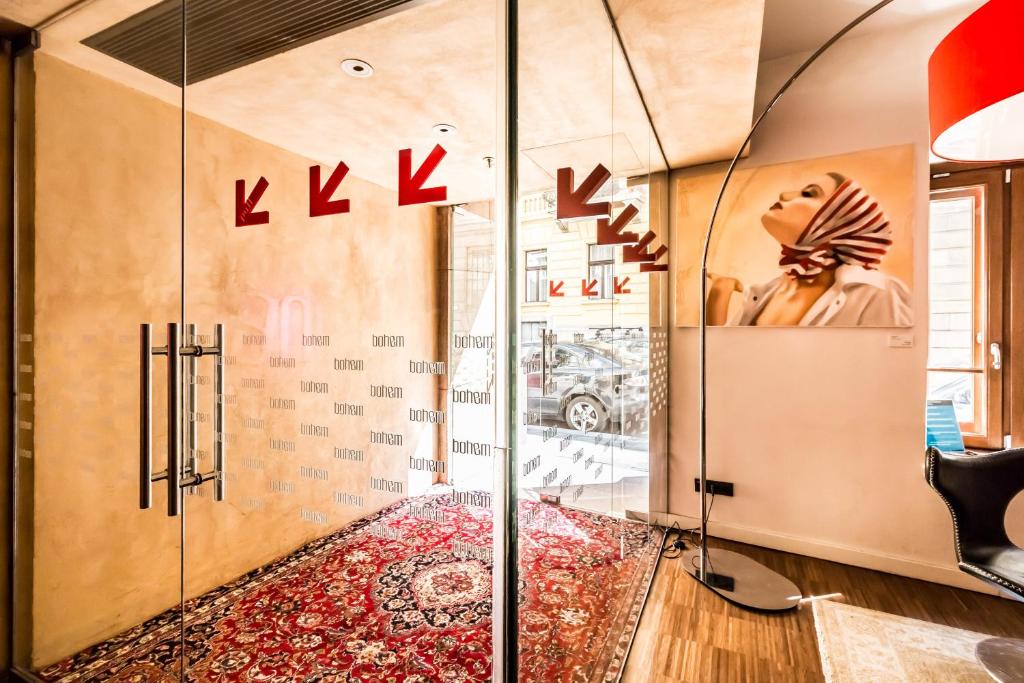
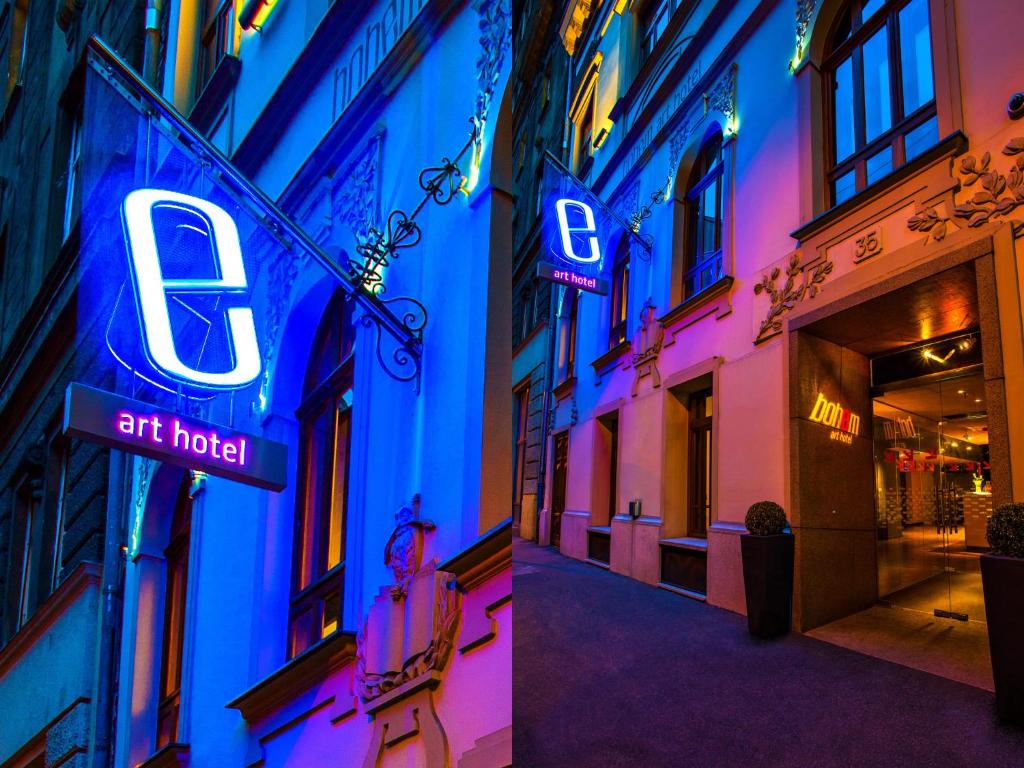
Queen’s Court Hotel & Residence: a retro-classic spa hotel
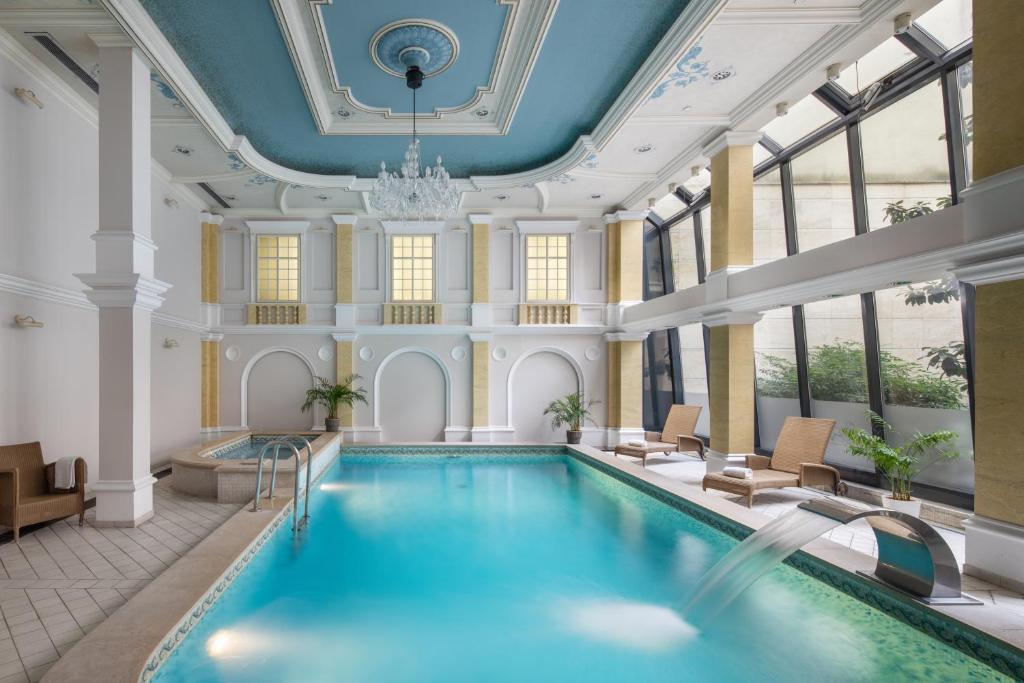
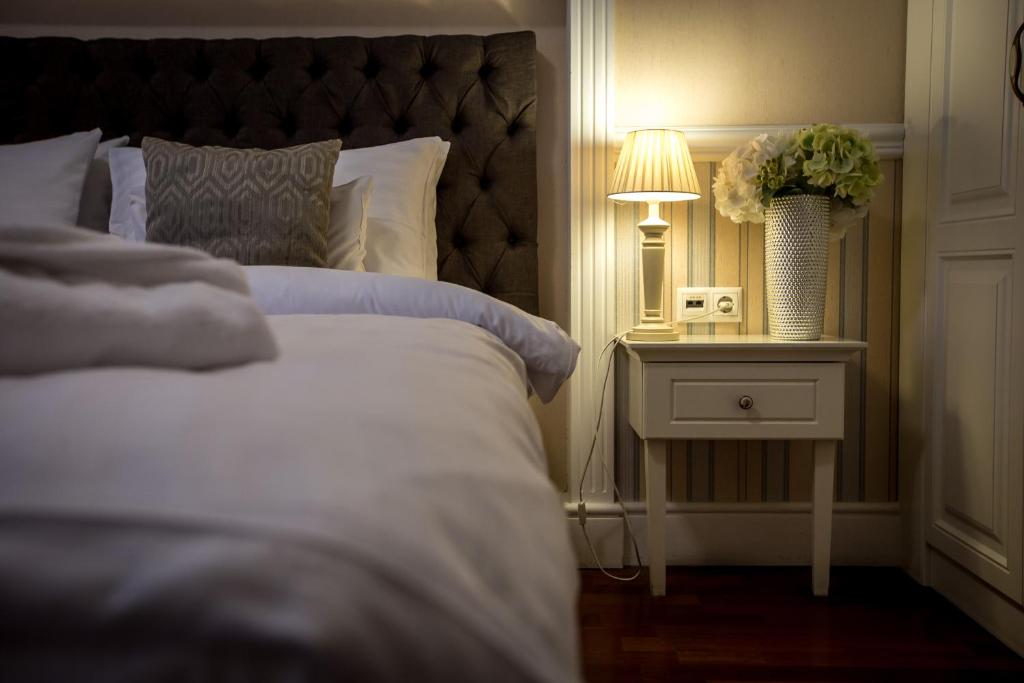
Hotel Rum Budapest: an industrial chic hotel
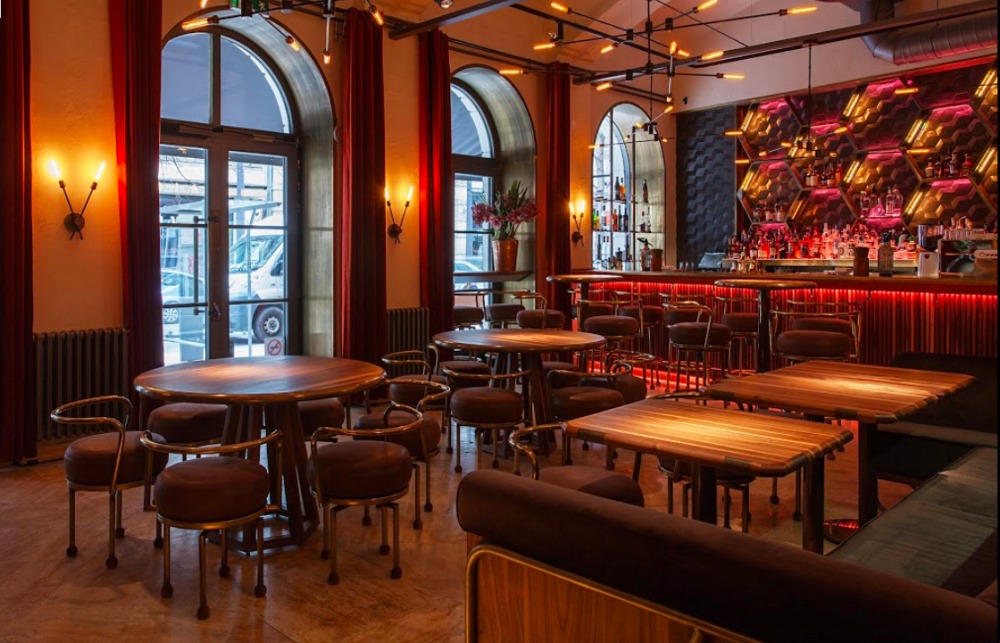
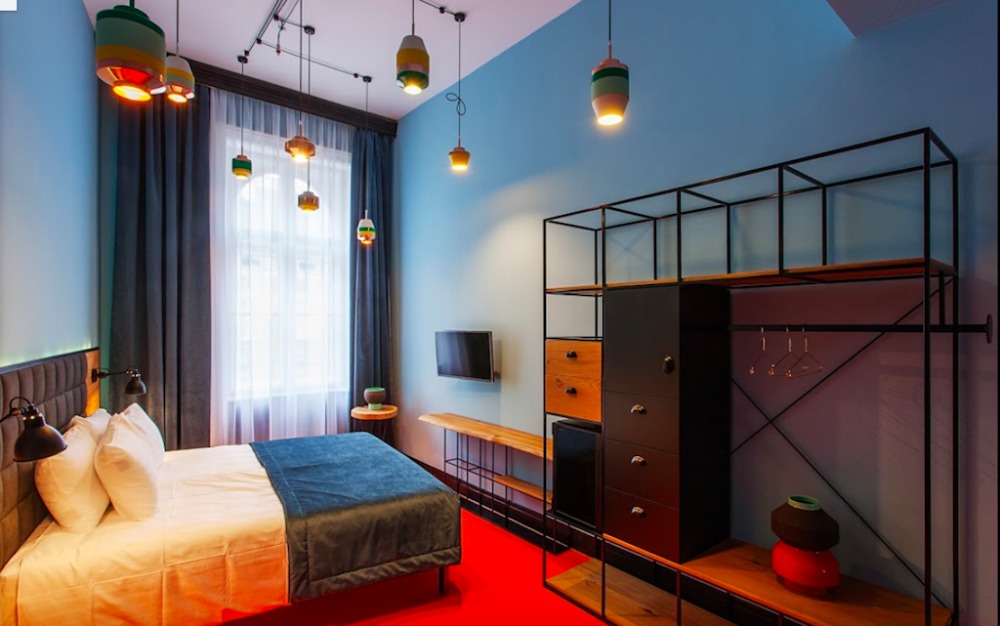
Radisson Blu Béke Hotel: a landmark hotel and one of Budapest’s best-known cafés
